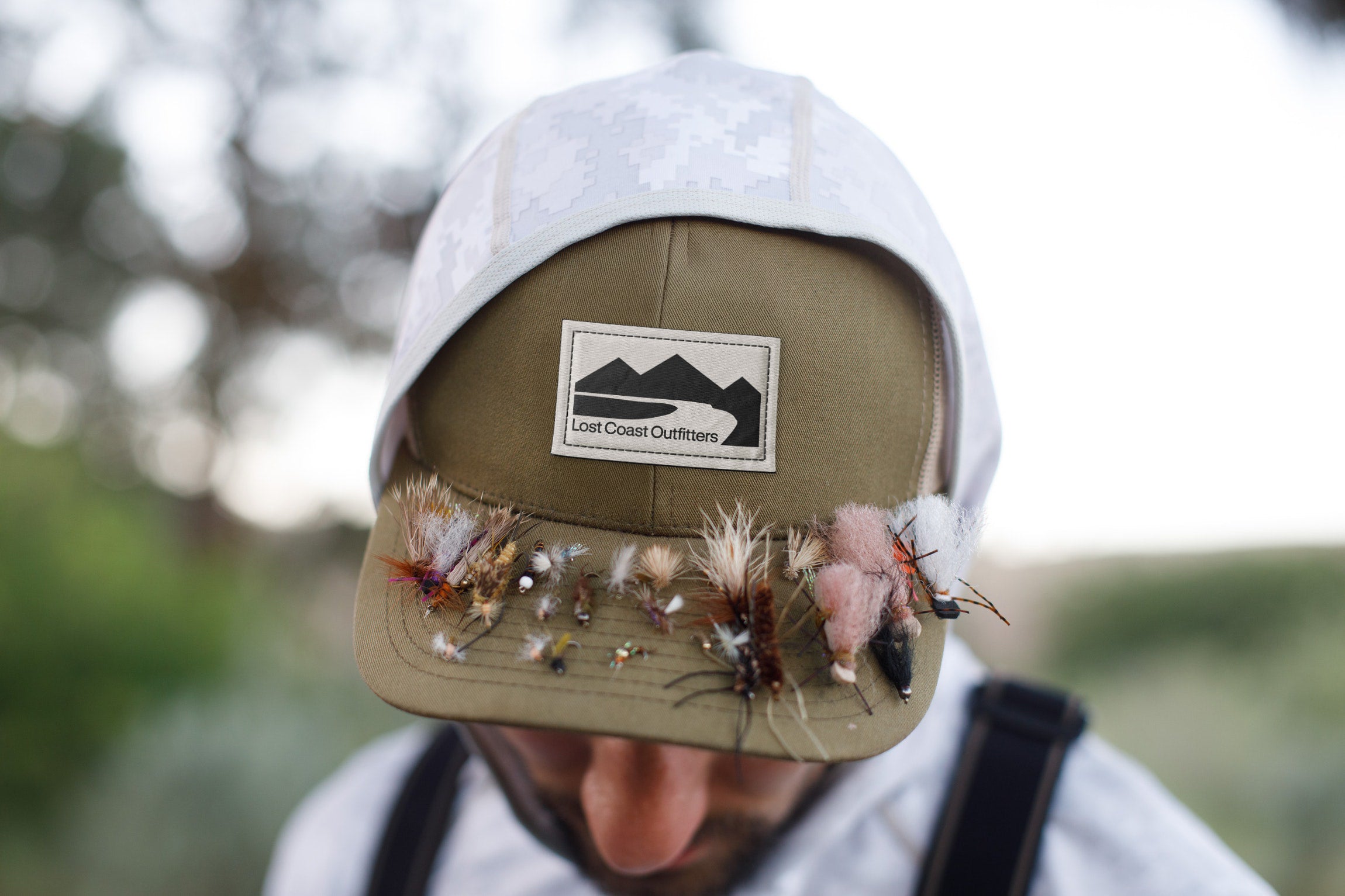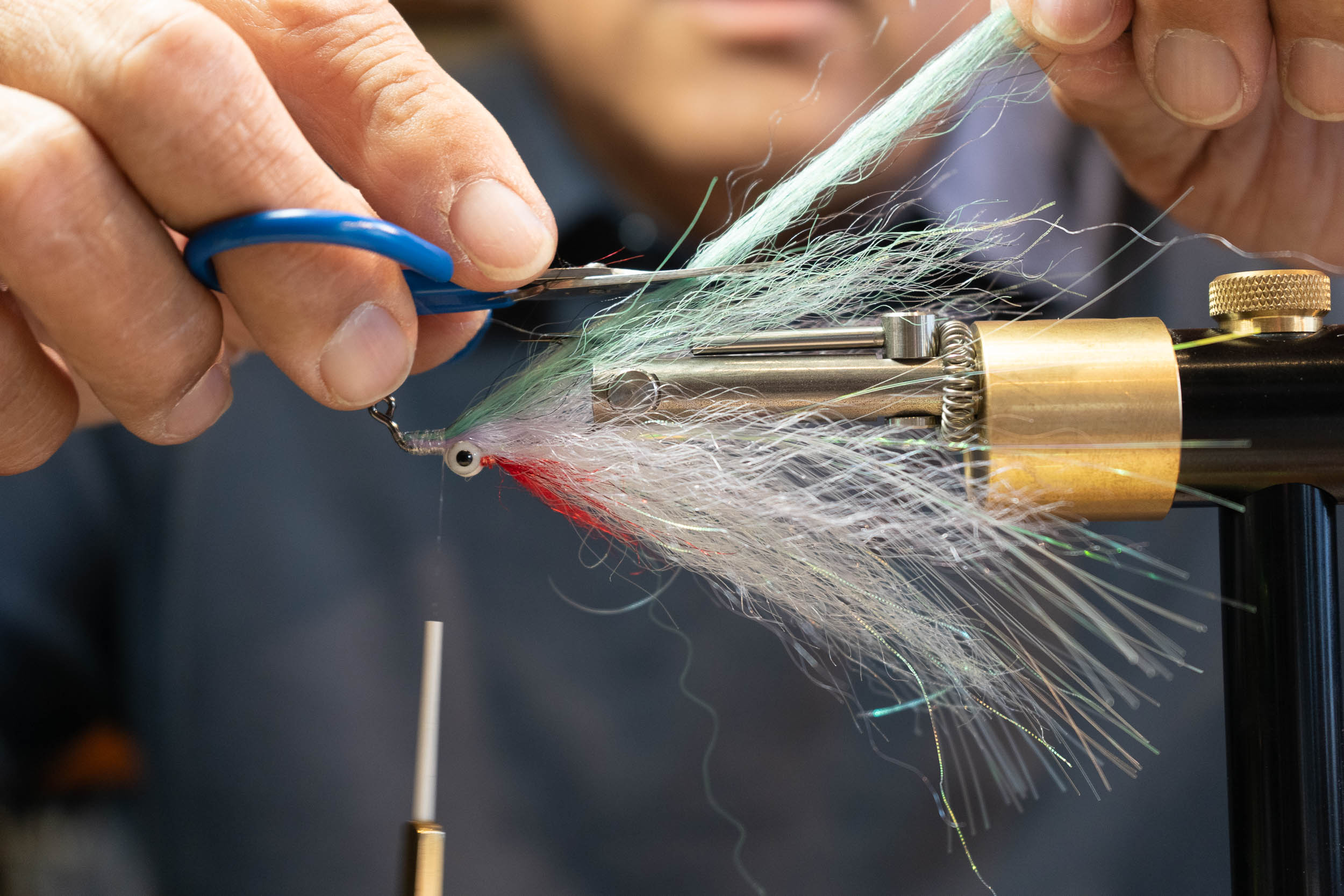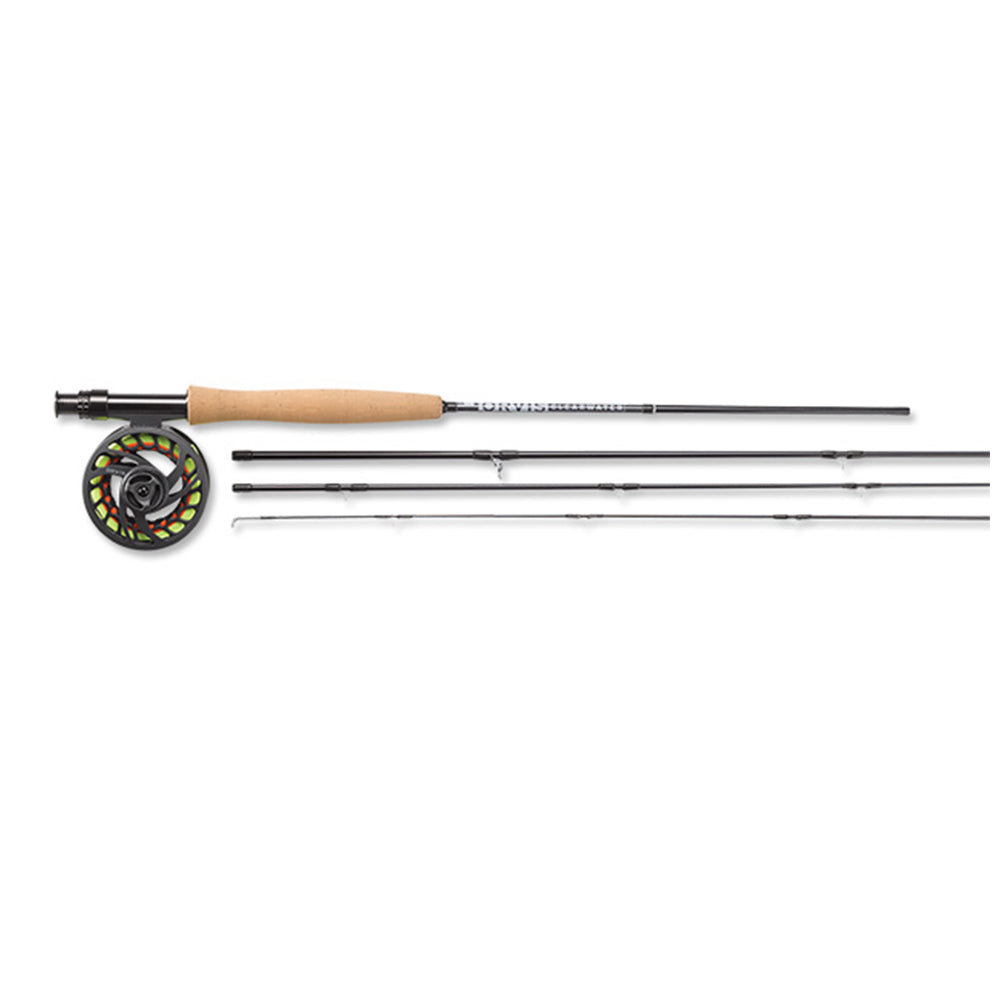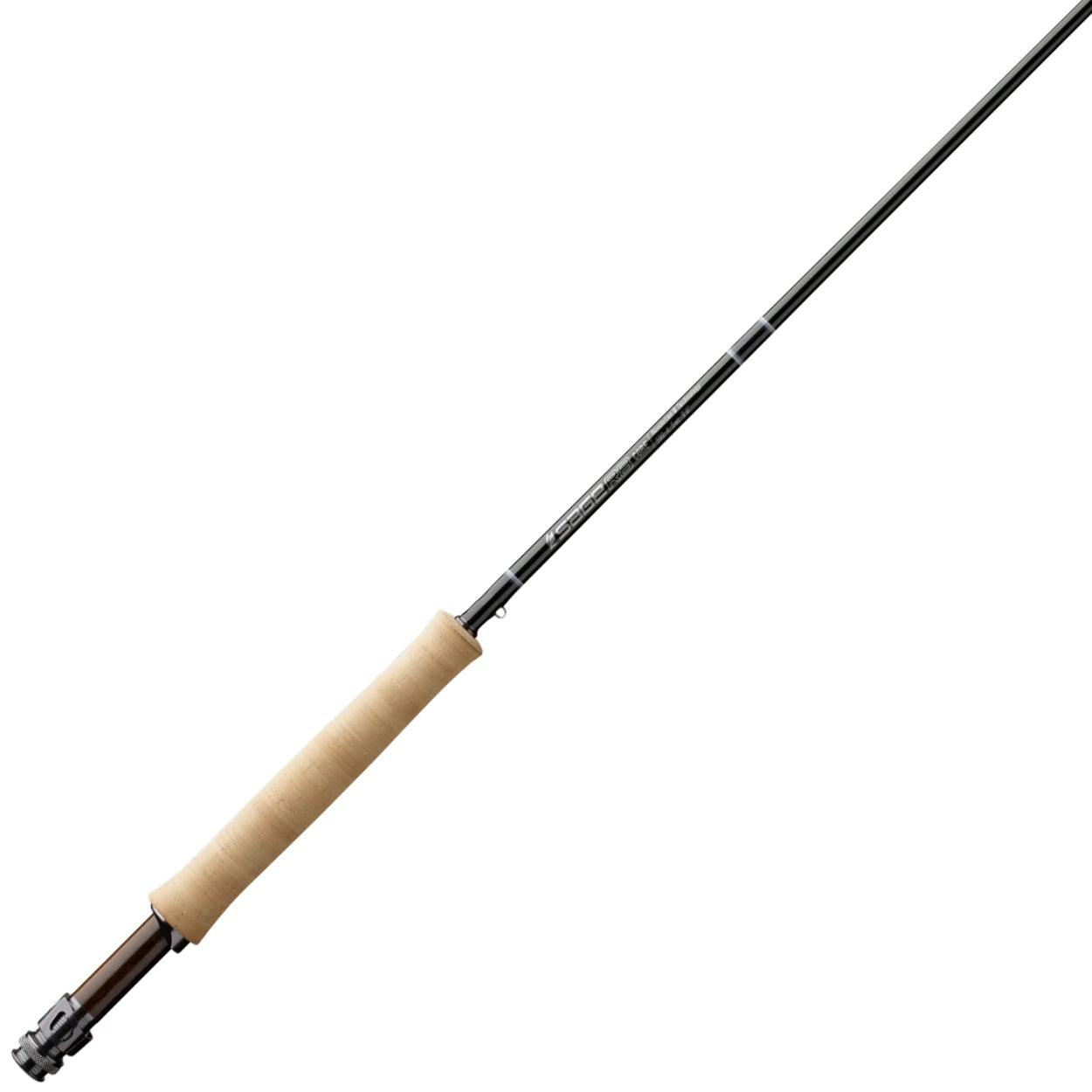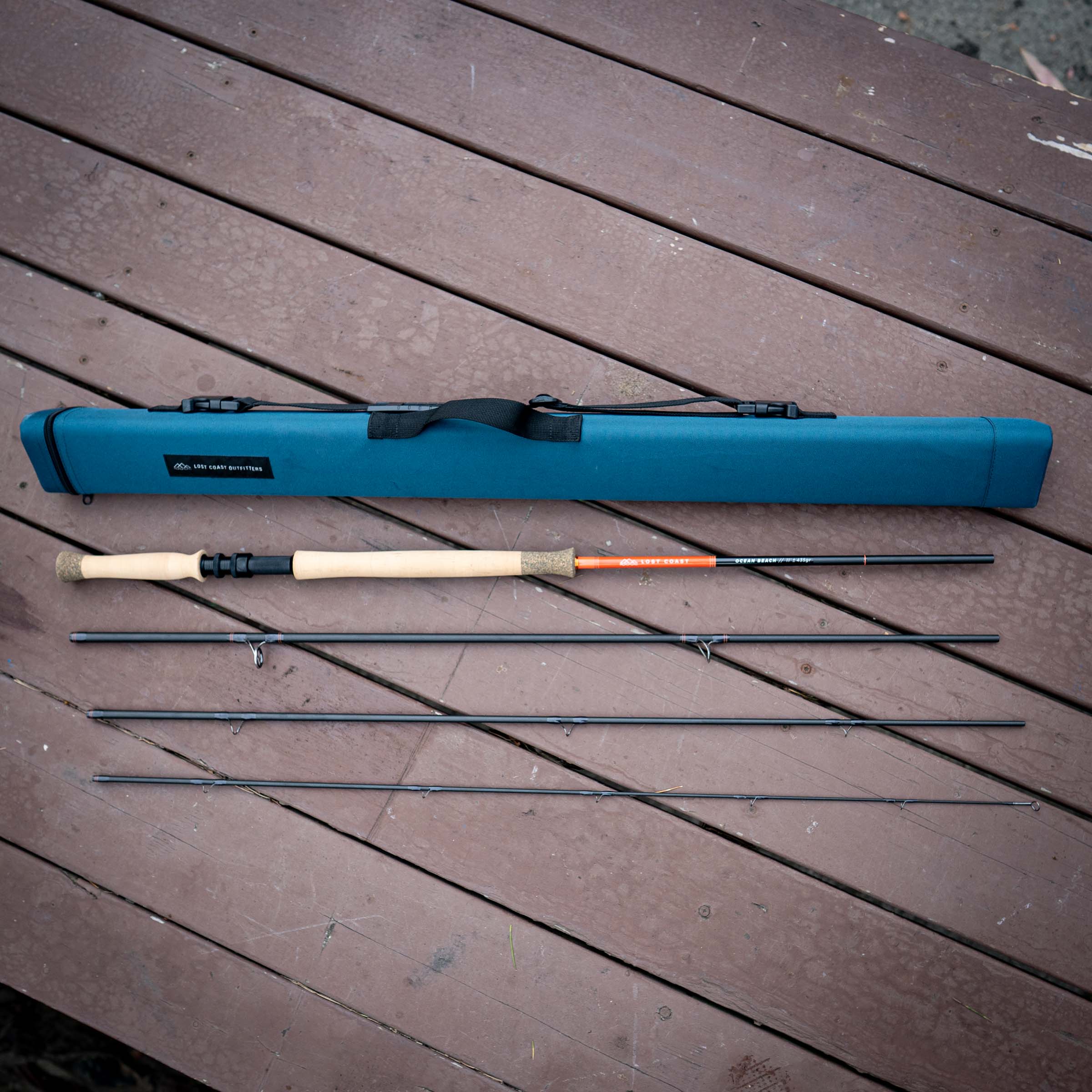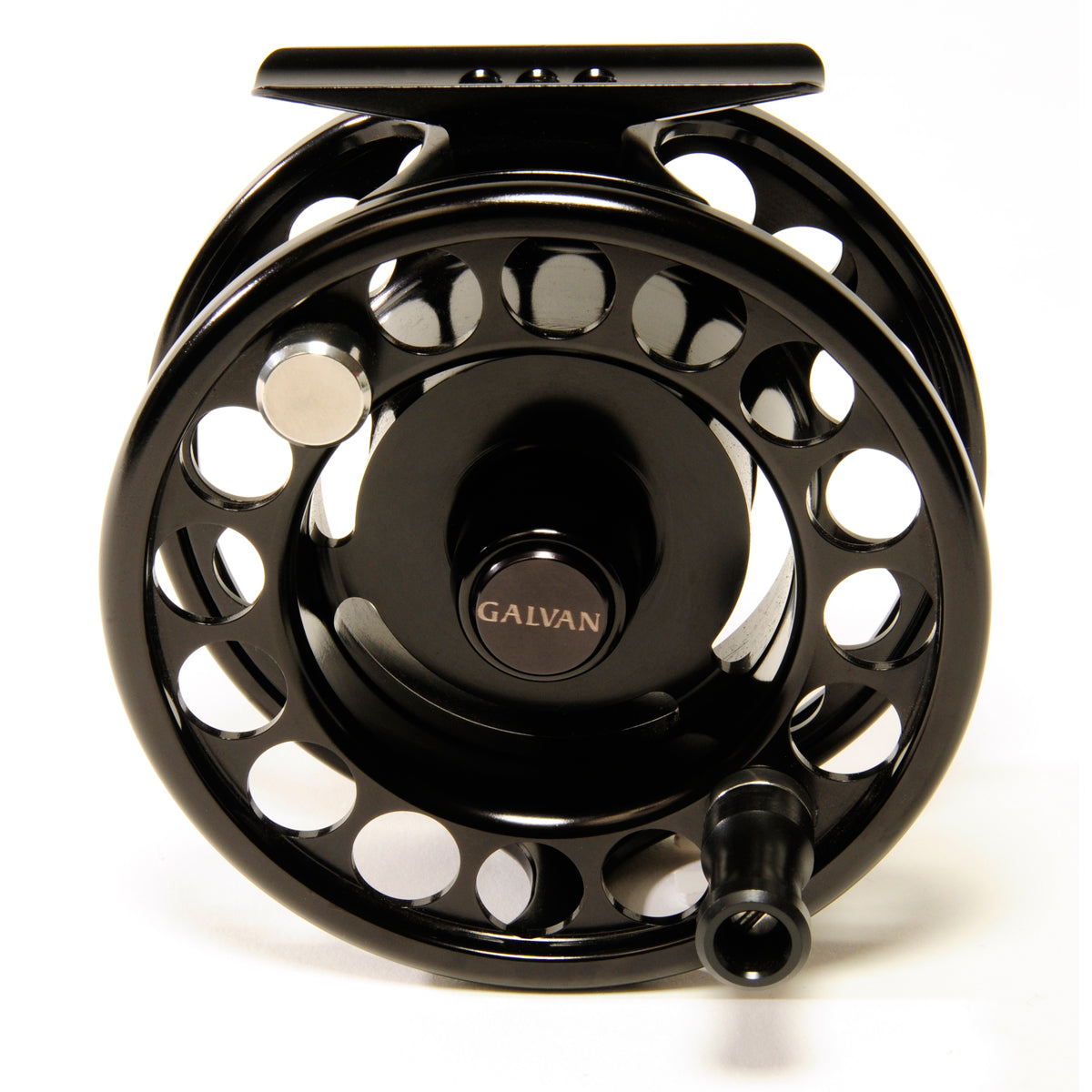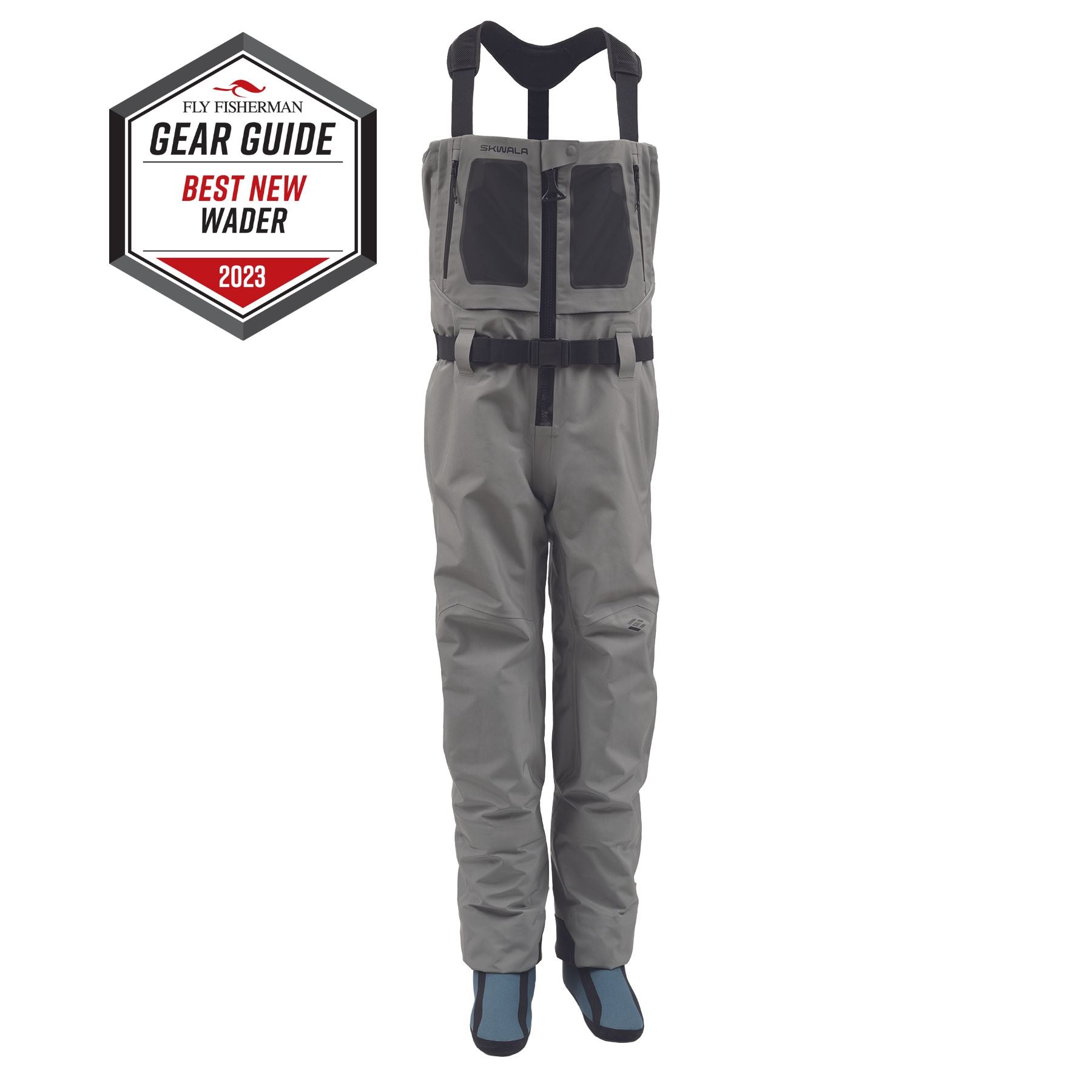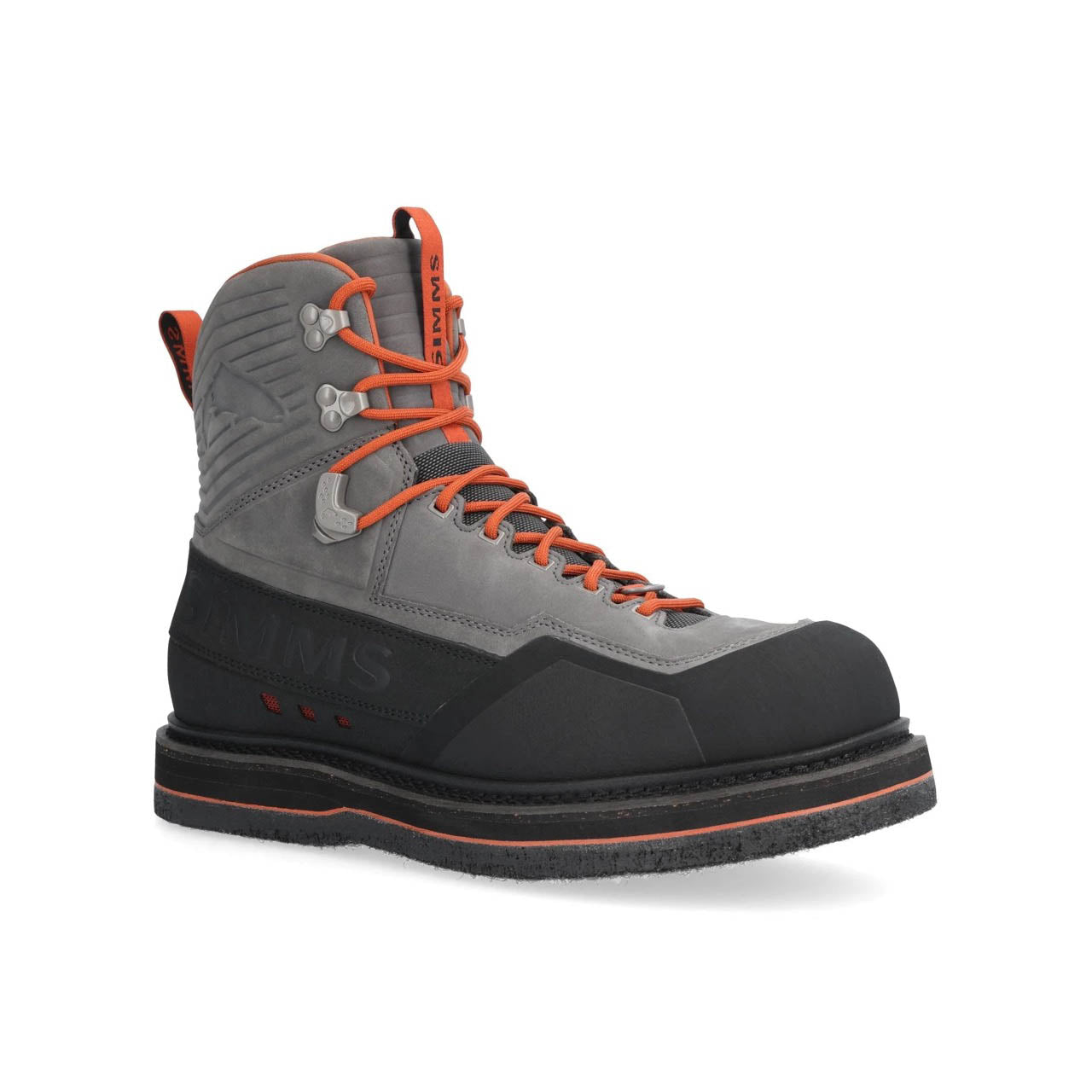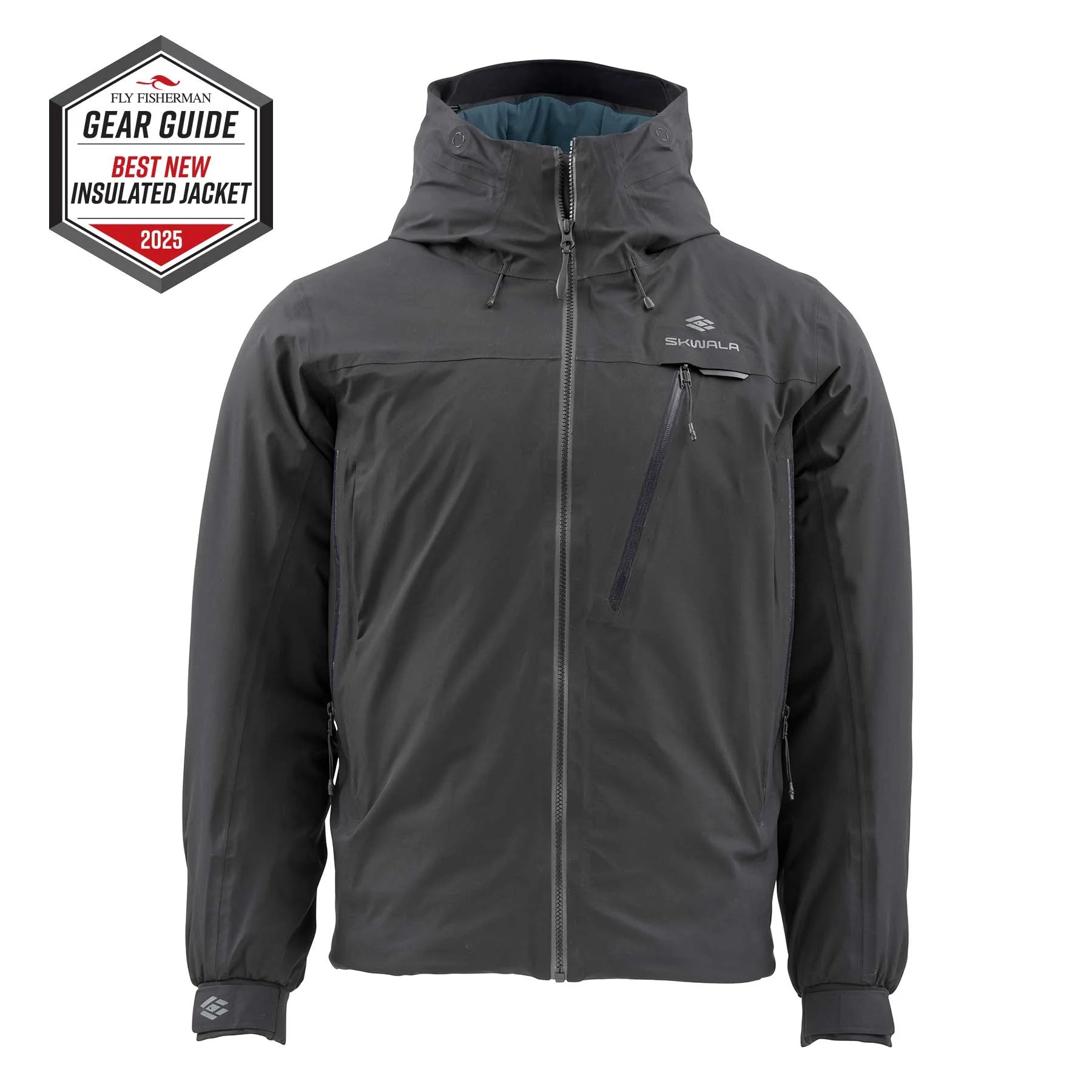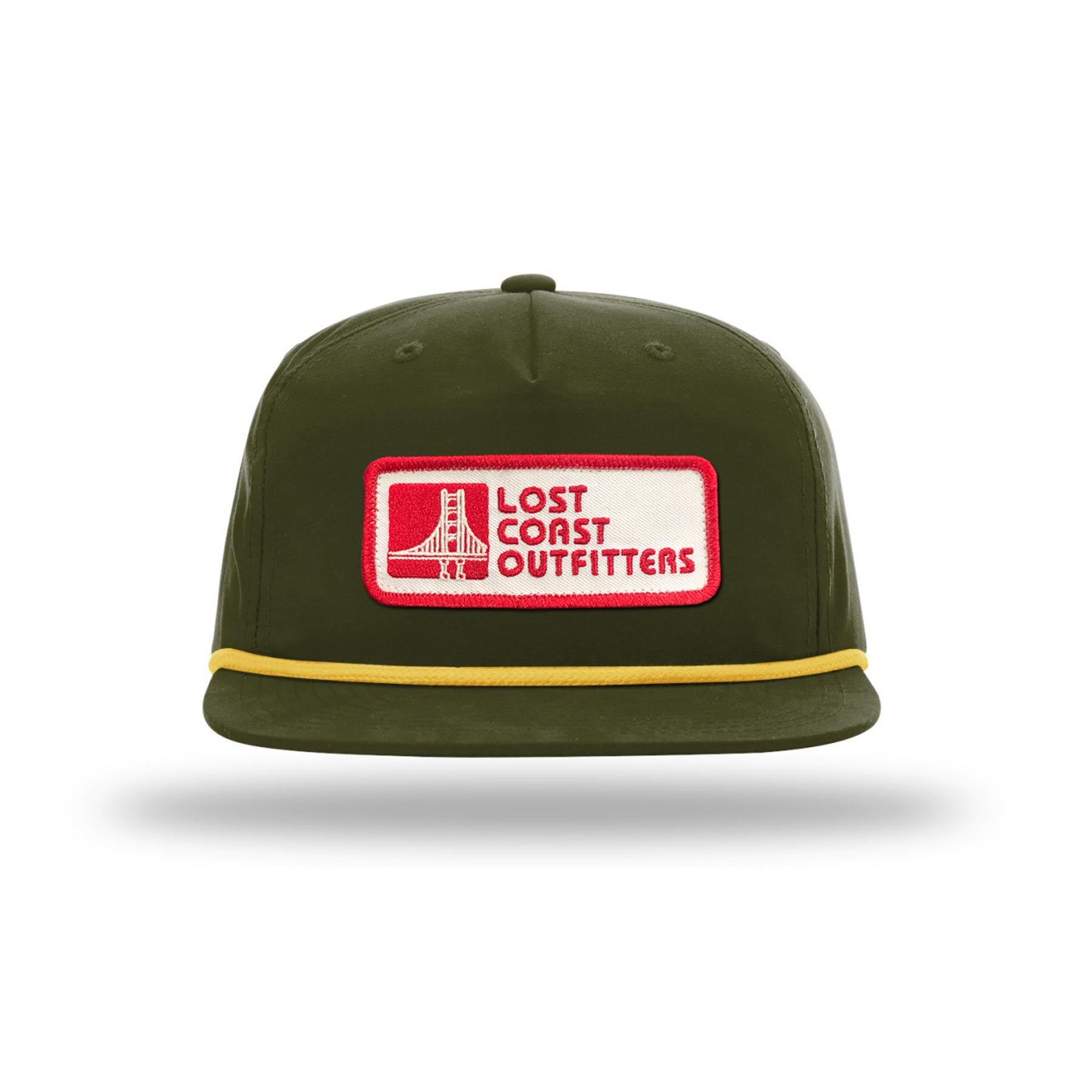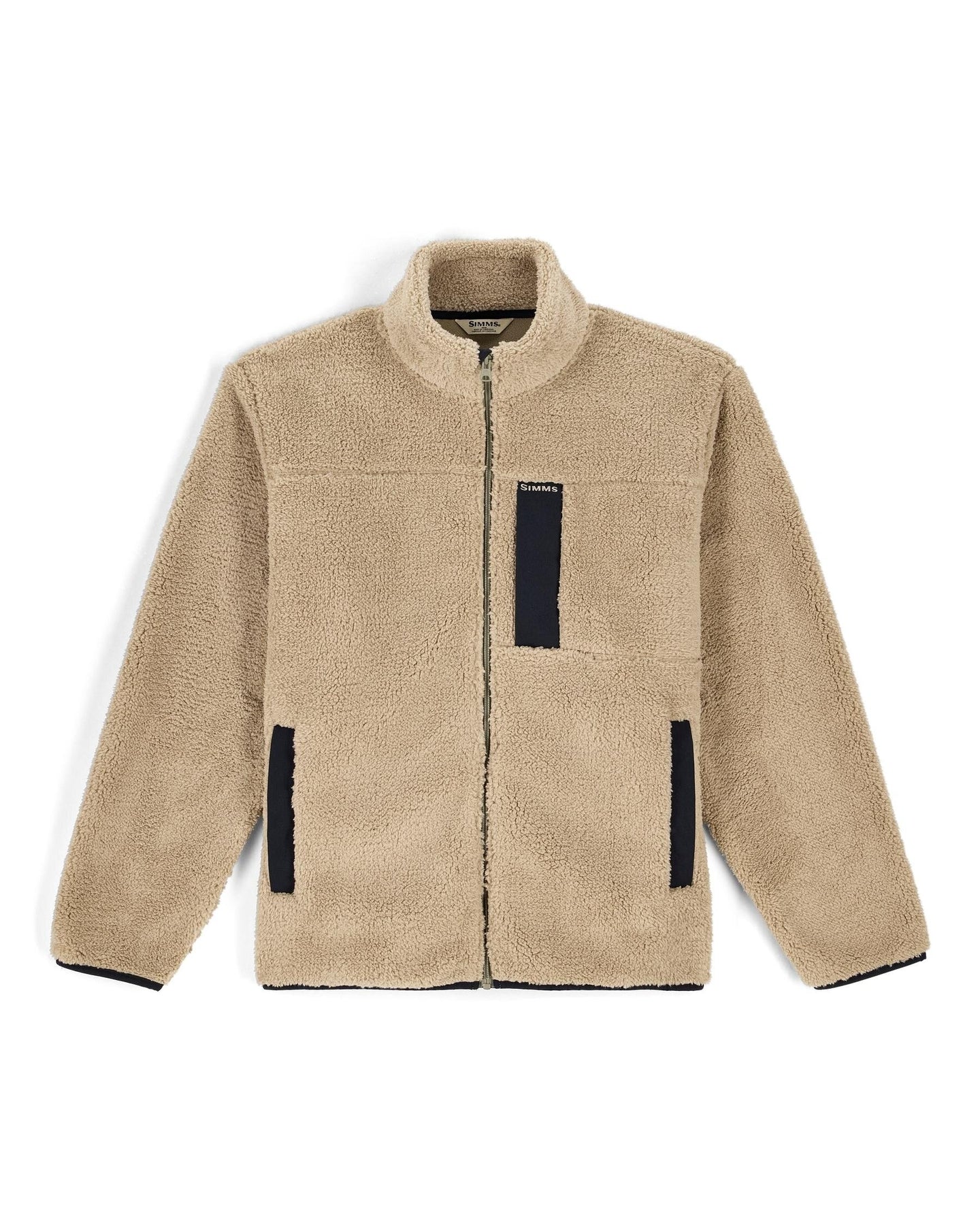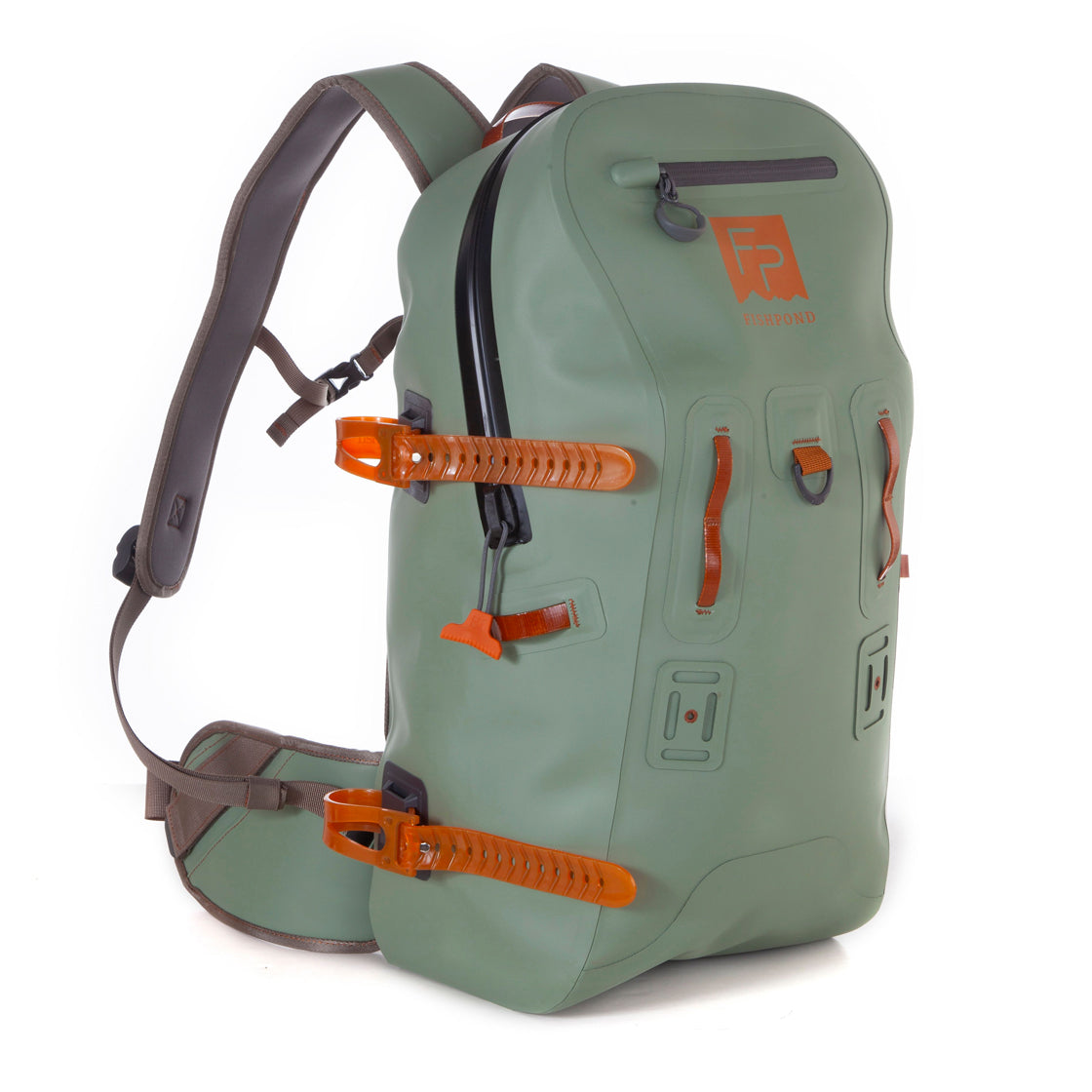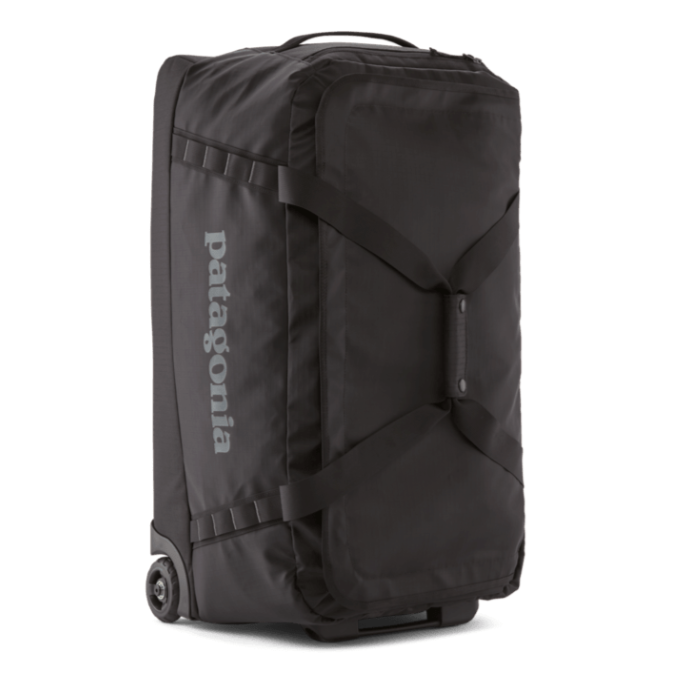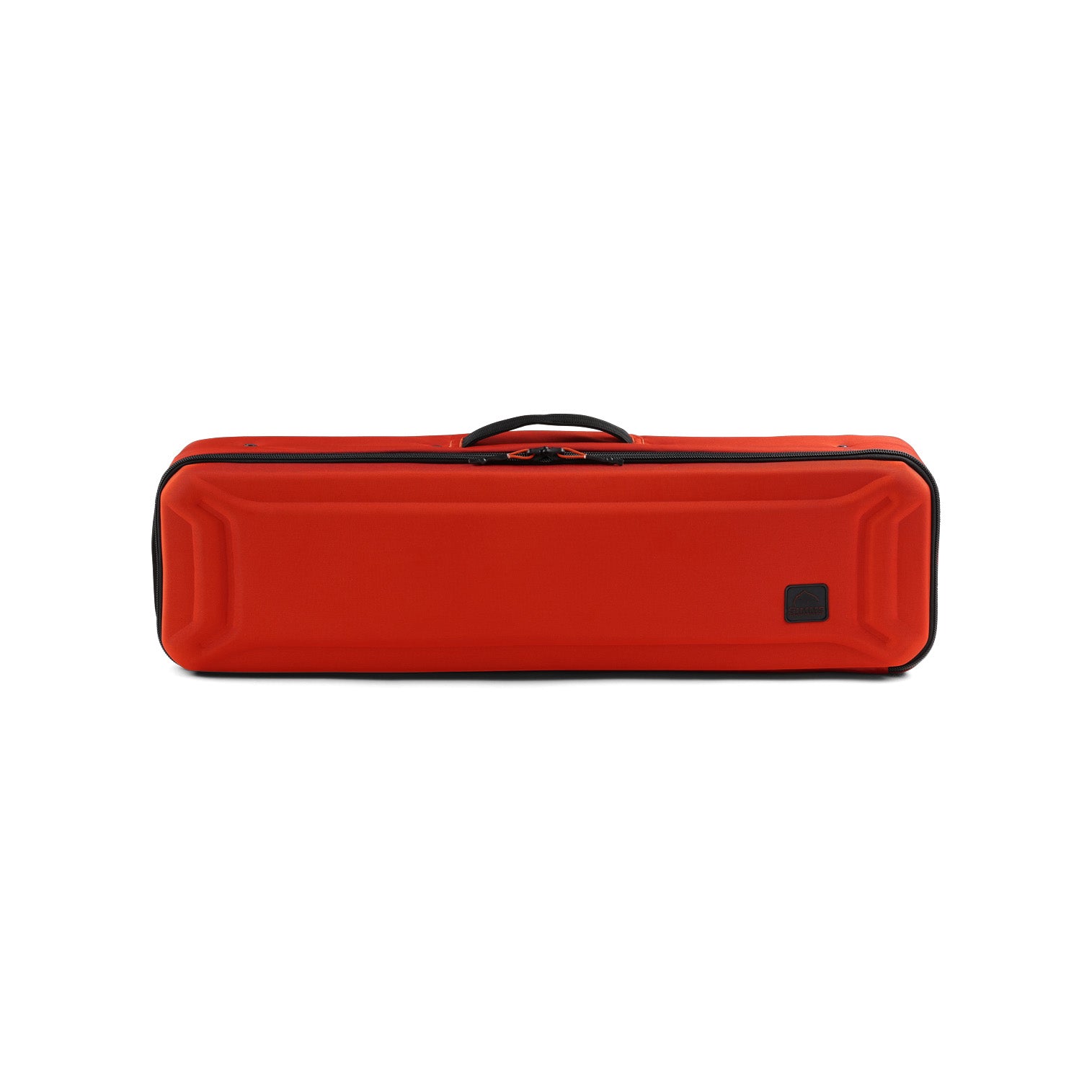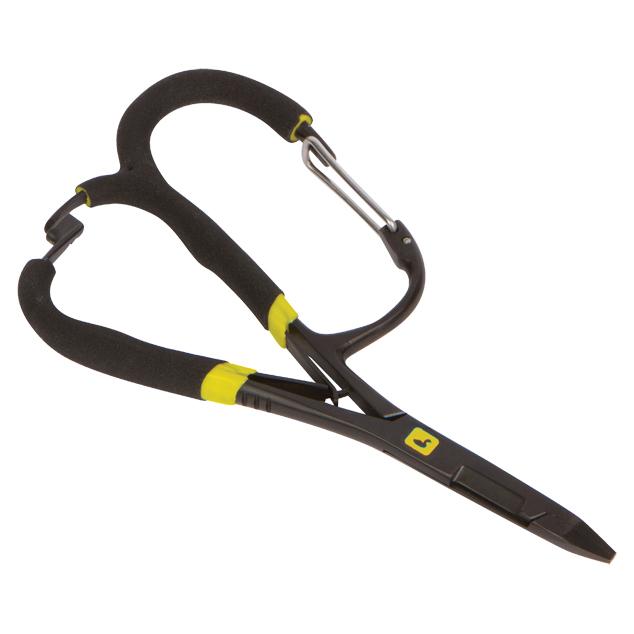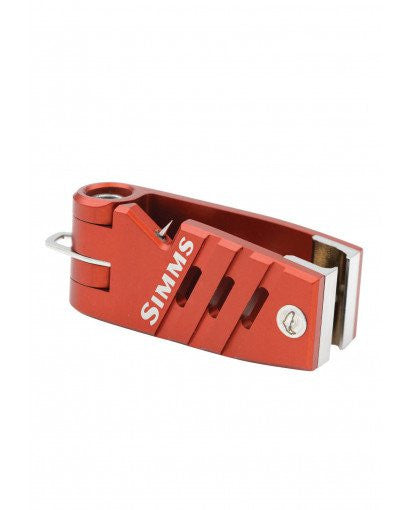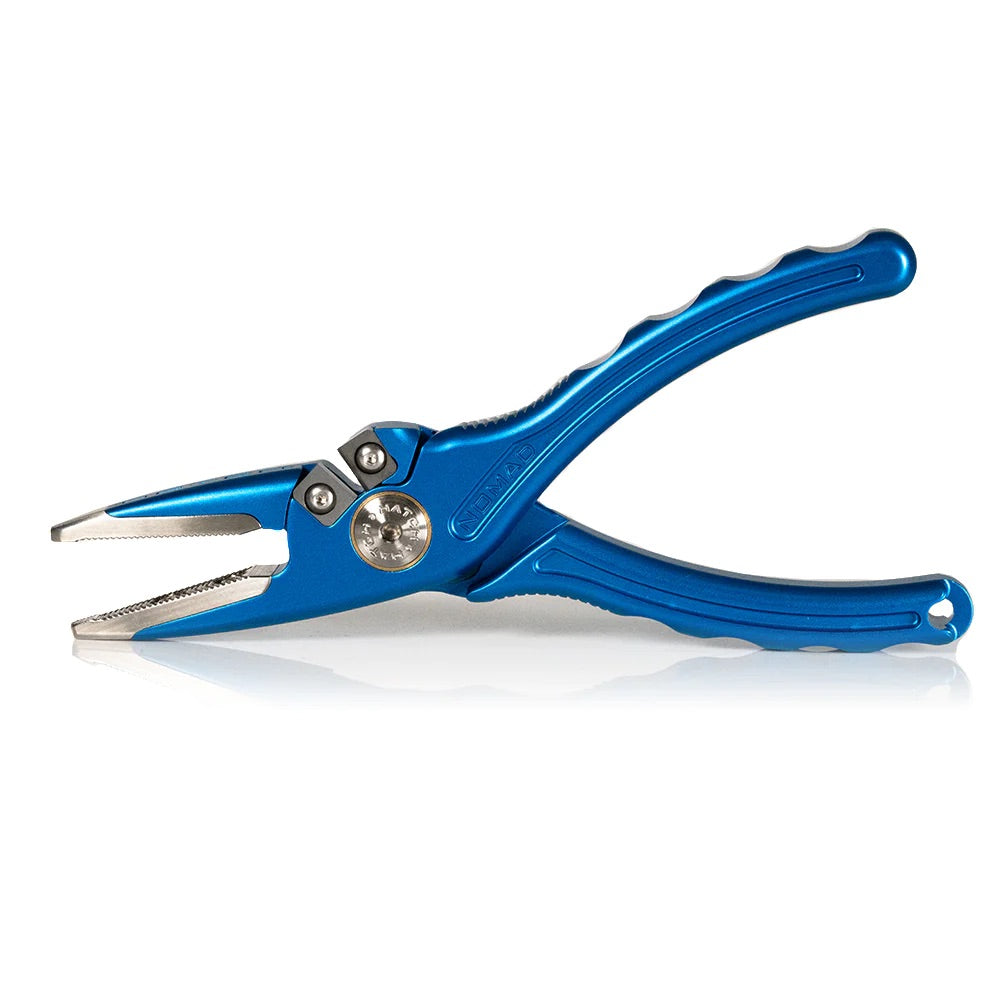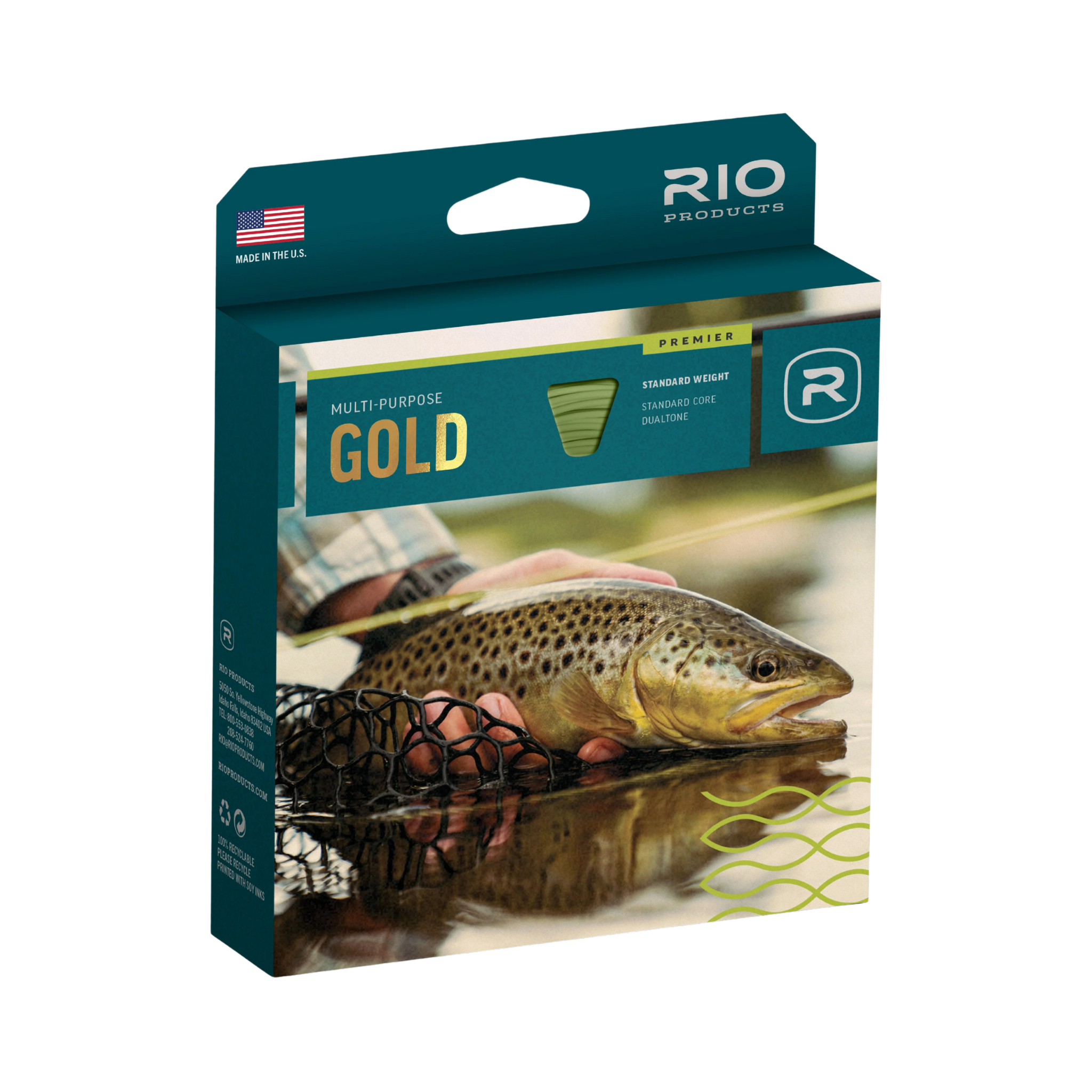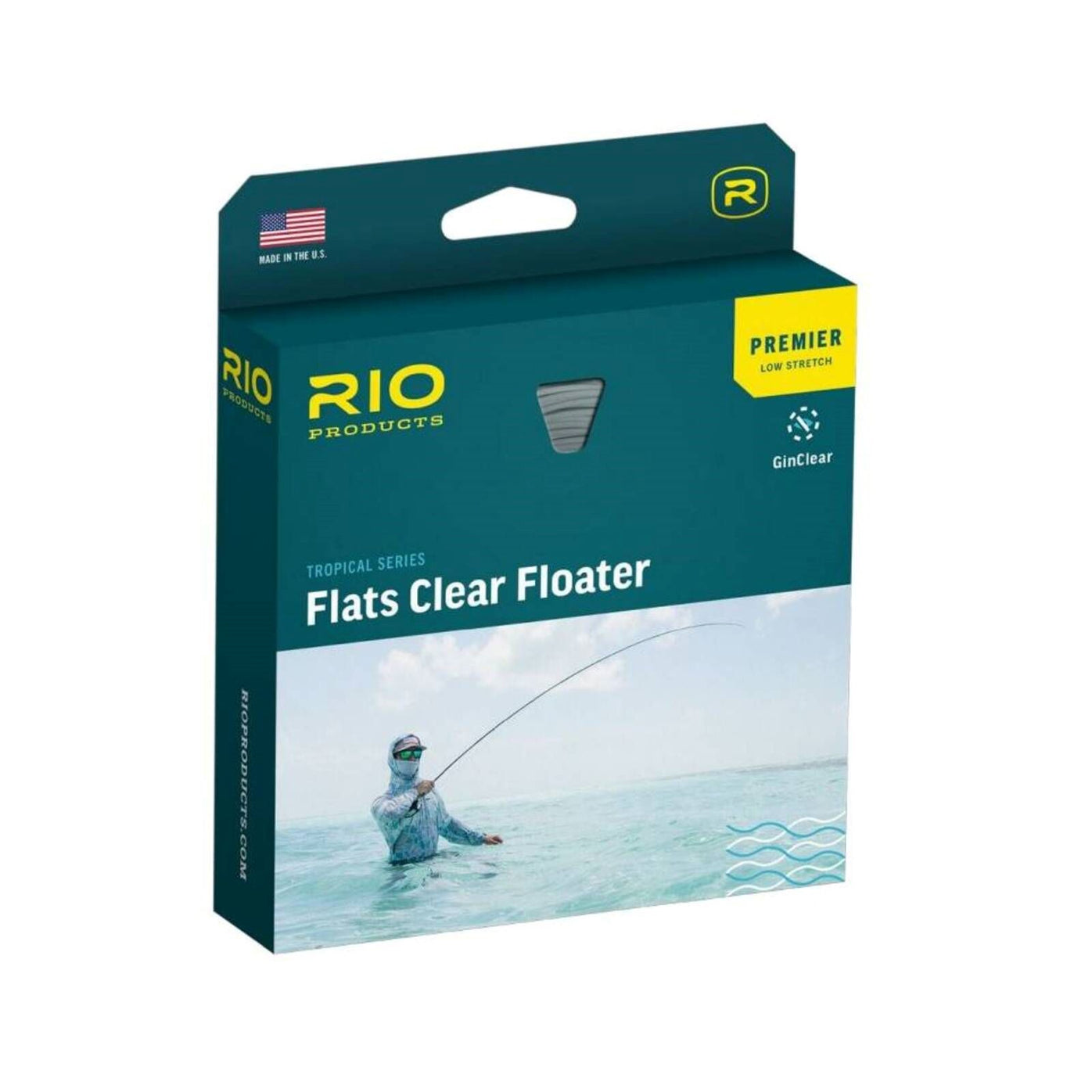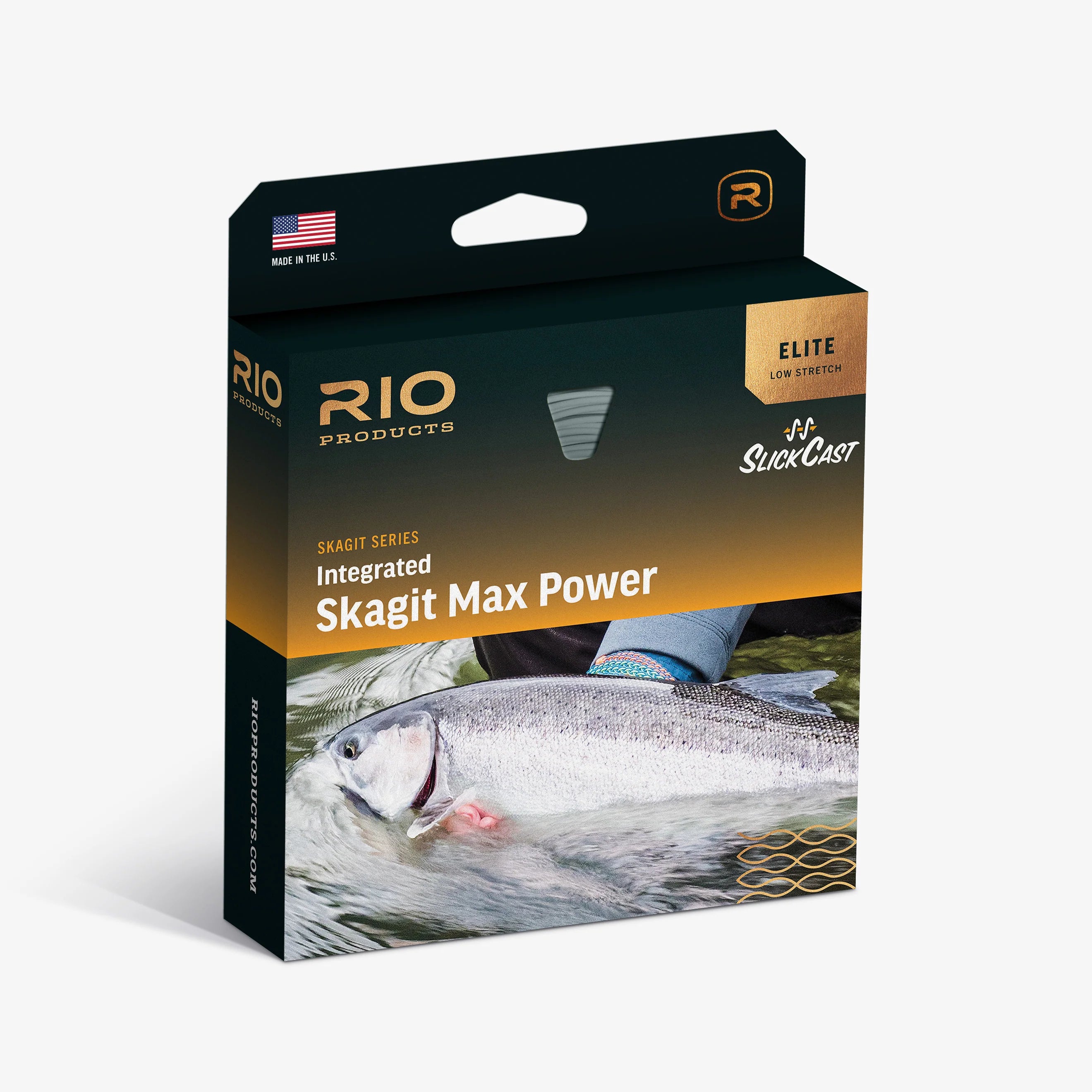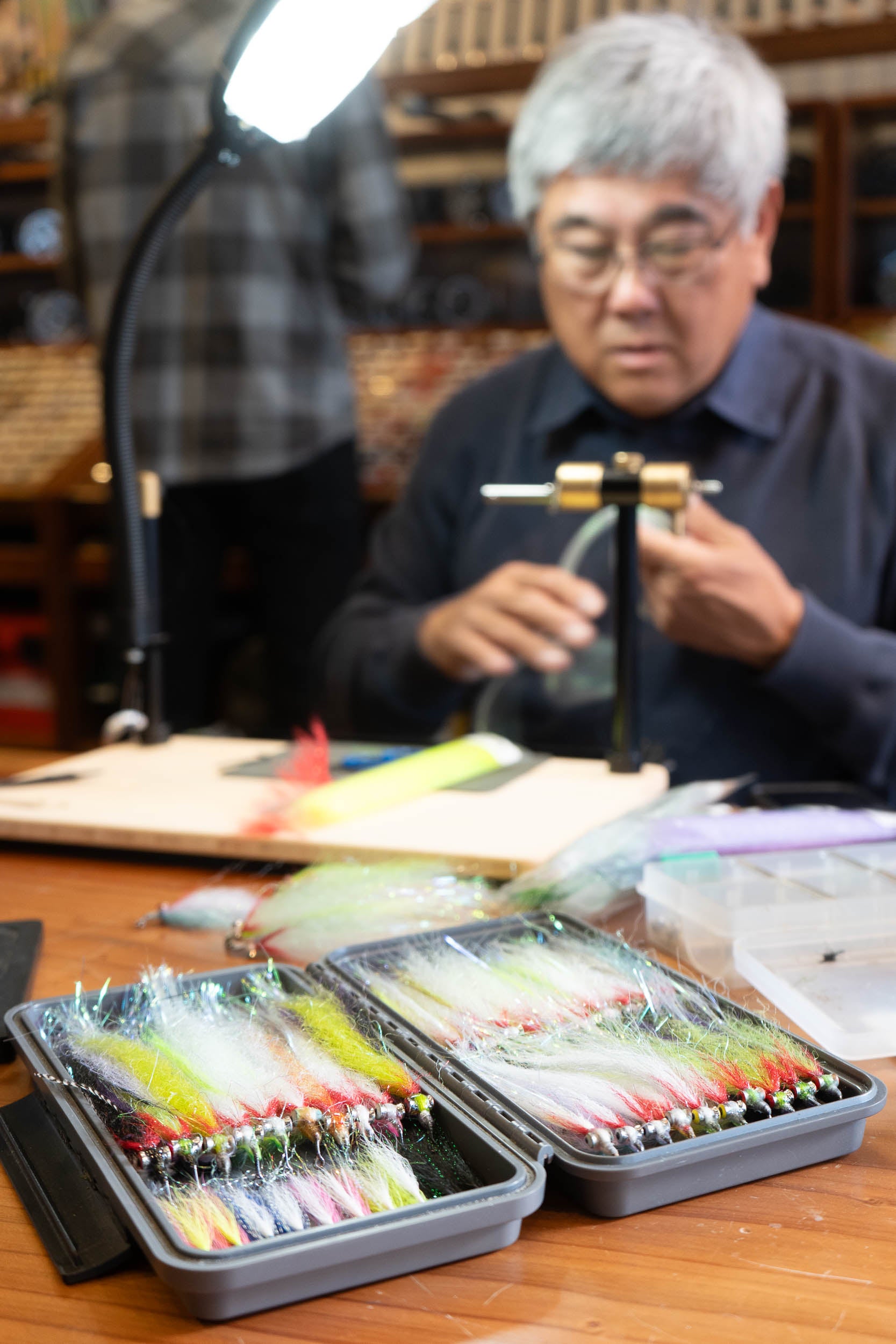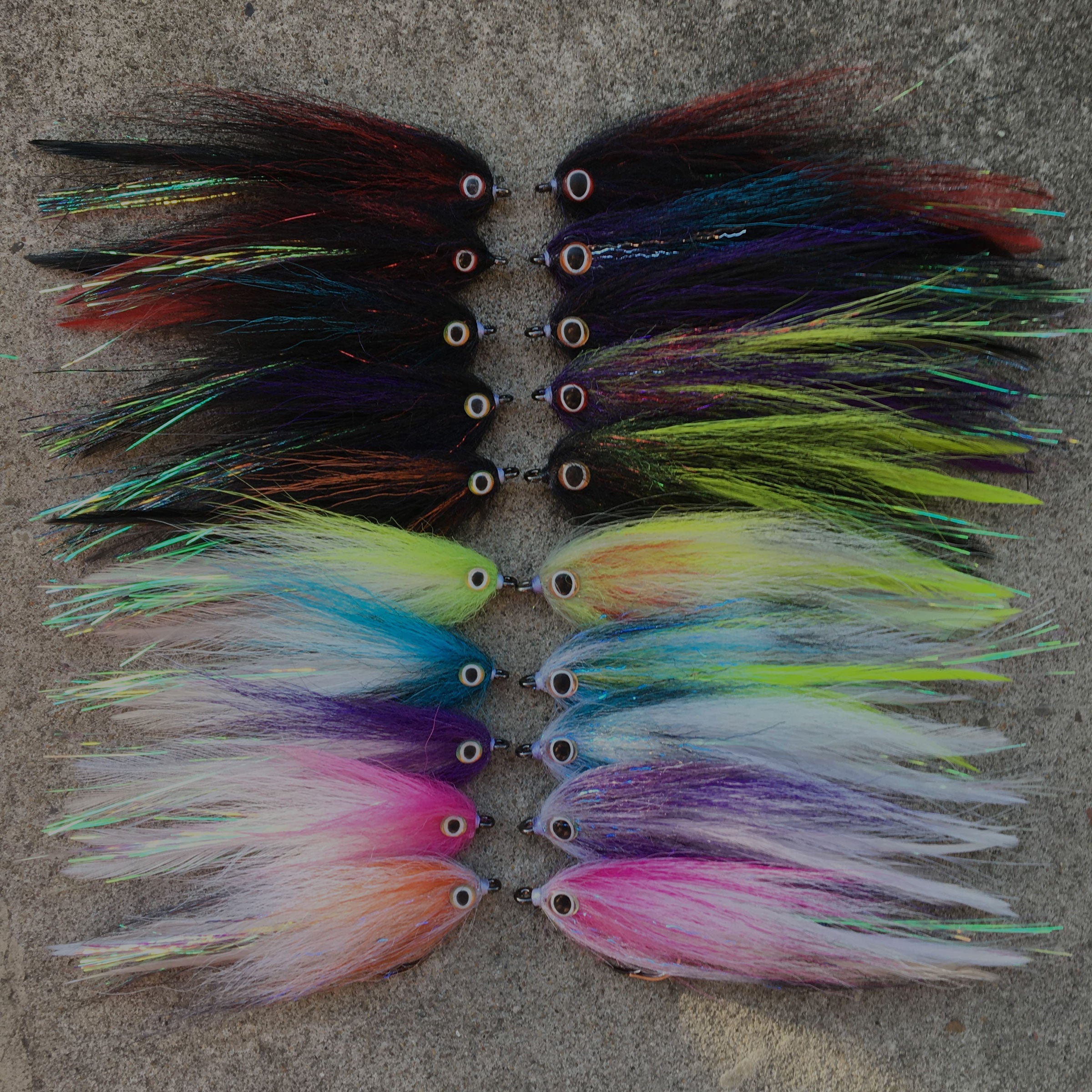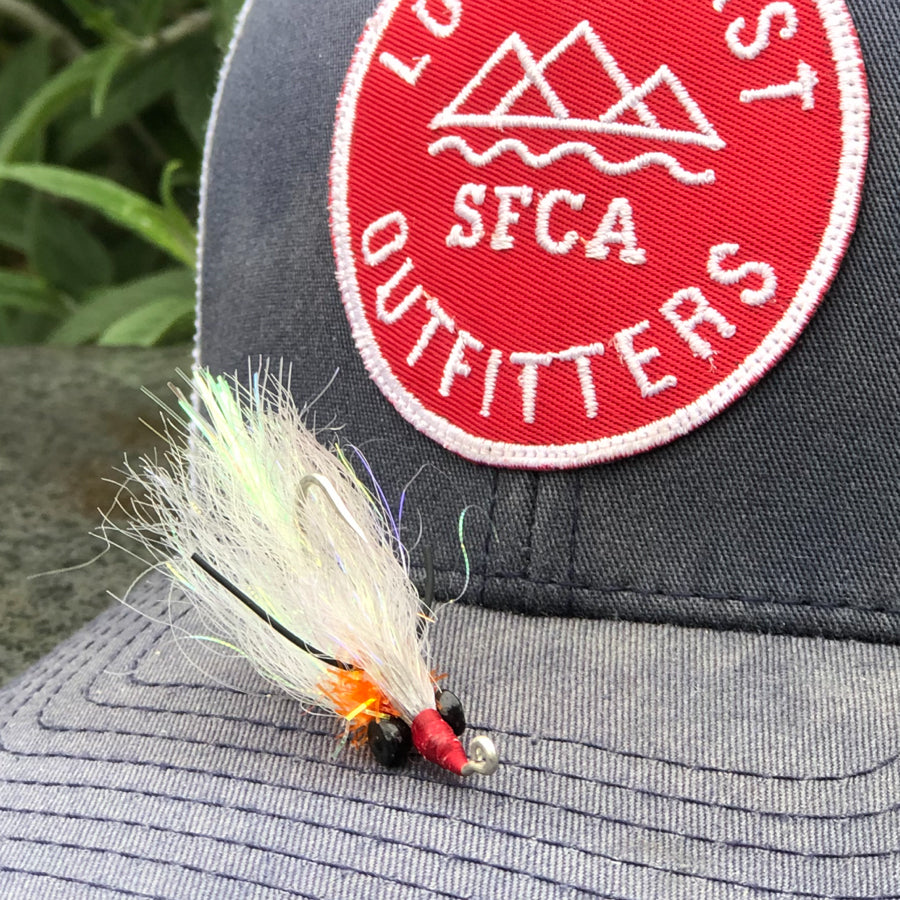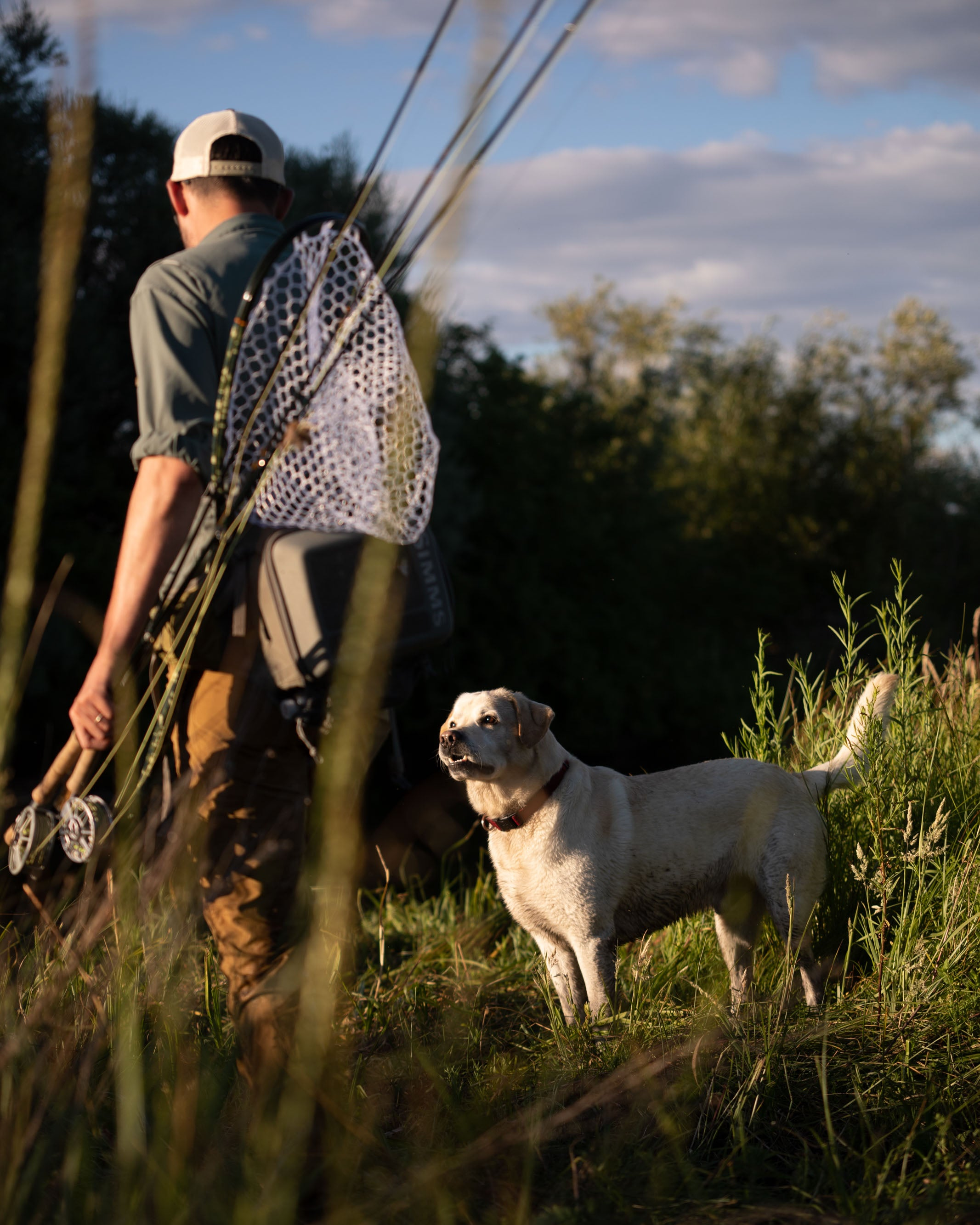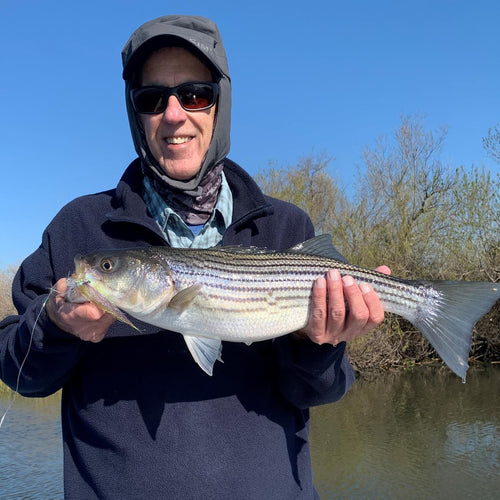
Capt. Steve Santucci Reports on 2.20.20 Fishing bounced back this week. Wind dropped and the water warmed and we had some nice fishing. This has been a strange year to all Delta anglers. It's r...
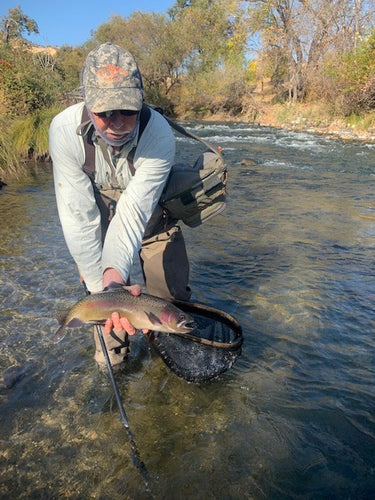
Richard Loft Reports on 2.08.2020 Hey Everyone Just checking in with current Putah Creek; Flows and other fishy news Tailwater flows are still bouncing between 44cfs and low 80s so I am just ...
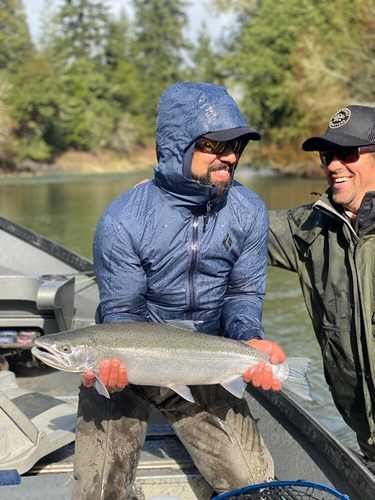
Rick Cox Reports on 2.13.2020 We have chasing steelhead frantically since January and finding some very nice steelies. We’ve been on all over northern California and southern Oregon where cond...
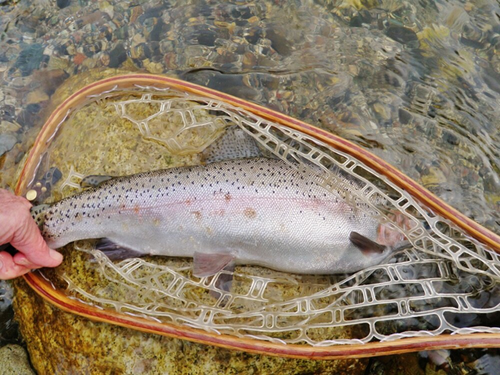
Rick Cox Reports on 2.13.2020 The Upper Sacramento Report Am getting a little worrisome as far as river conditions and snowpack but have to say up to now no complaints. The river has been runnin...
Jim Stimson Reports on 2.13.2020 Brrr…… 17º on the thermometer this morning! This will make driving out to the Upper Owens considerably easier with the frozen ground BUT, beware of the afternoons. ...
Captain Steve Santucci Reports on 2.11.2020 Delta Striper fishing dropped off last week with the sudden cold snap and violent North Winds. The fishing is improving with the warmer days and a stab...
Matt "Gilligan" Koles Reports on 2.10.2020 Mild weather on the Truckee River. Looks like this month may stay dry and mild. Hopefully, we can get some storms in March. Reno hit 70 last week. Most s...
Captain Hogan Brown Reports on 2.12.2020 Valley Striper fishing has slowed down - clear, cold, and low water has the fish a bit spooky and feeding in very short bursts. Fishing should improve wi...
Ben Engle Reports on 2.7.2020 It's a great time of year to be perch fishing. Big fish have pushed up on the beach and are starting to spawn so the large females and males are extremely aggressive....
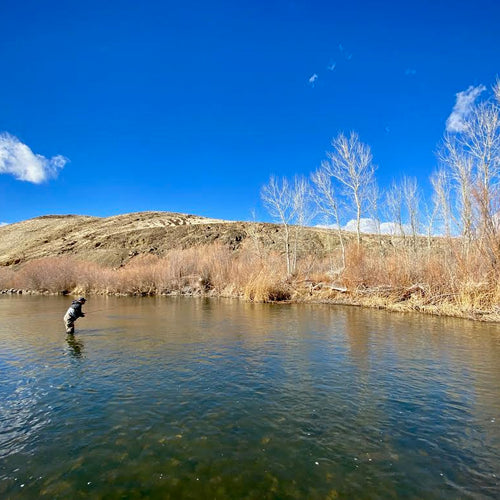
Matt "Gilligan" Koles Reports on 2.6.2020 Record weekend temps and now single digits. We set some records over the weekend for daytime temps. Today, it’s in the single digits with an East wind, ...
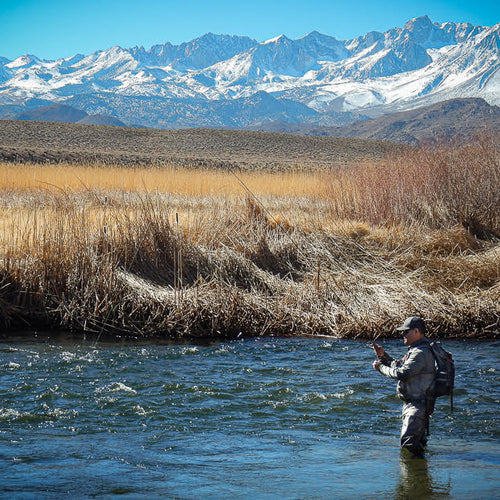
Jim Stinson Reports on 2.6.2020 Brrr…… 2º on the thermometer this morning! This will make driving out to the Upper Owens considerably easier with the frozen ground BUT, beware of the afternoons. Th...
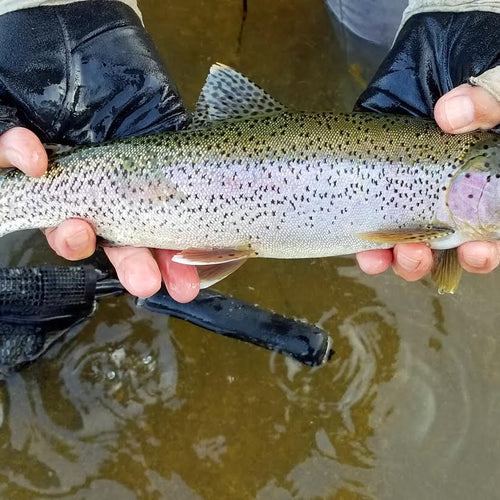
Jon Baiocchi Reports on 2.6.2020 It’s been pretty good on the Lower Yuba River, but the air temperatures will greatly affect Skwala activity, and also the mayfly hatches. The last two days with th...
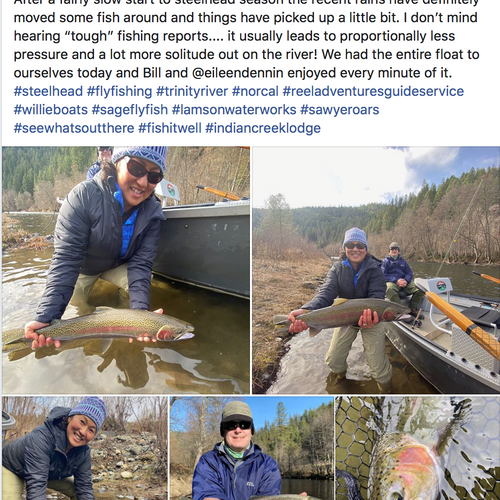
George Revel Reports on 1.30.2020 Coastal steelhead season is well under way, and the returns have certainly been underwhelming. There have been some fish caught, but not may to speak of. On my...
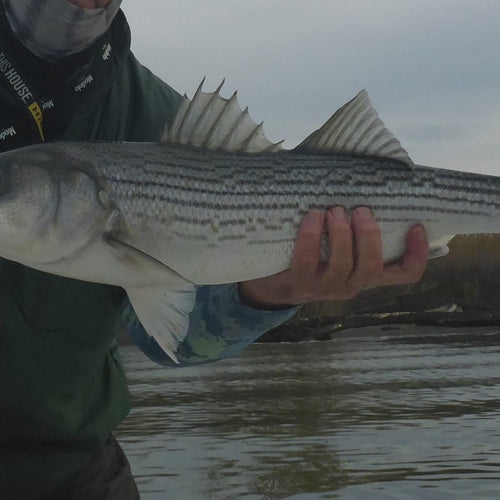
Steve Santucci Reports on 1.30.2020 Fishing has been solid. We are catching good numbers of quality Stripers. Water temps are in the range of 52 degrees and will continue to rise. I have openin...
Ben Engle Reports on 1.30.2020This weekend is looking like it's going to be a good one on our local beaches with the best of it being this Saturday and Sunday am. Forcast for most of the coast i...
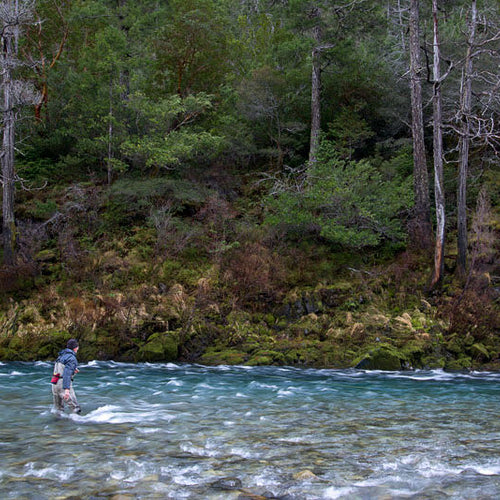
Jim Stimson Reports on 1.30.2020 It looks like the Northern California coastal rivers are coming back into shape for steelhead fishing. What does this have to do with Eastern Sierra fishing? Well…....
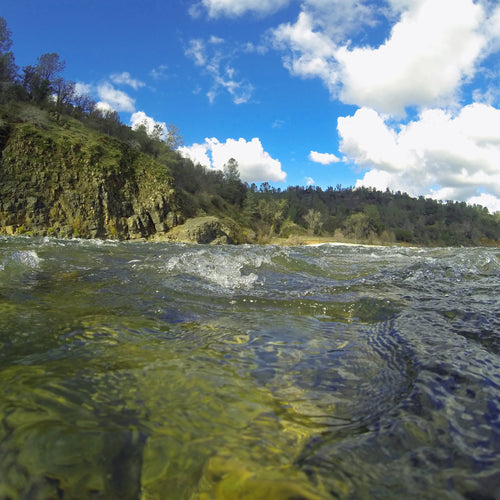
Jon Baiocchi Reports on 1.30.2020 Conditions on the Lower Yuba River remain the same as the previous weeks except the trout are fully engaged on the Skwala stonefly, and actively looking for them i...
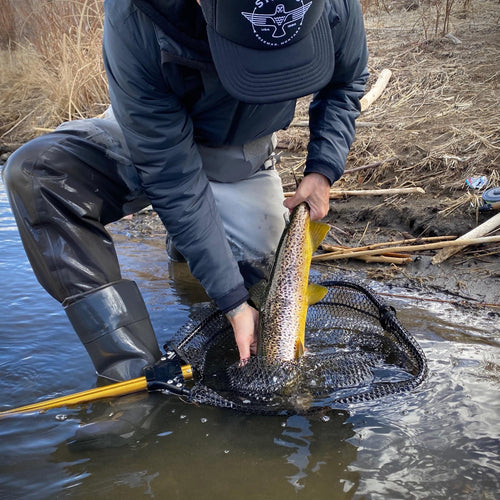
Matt "Gilligan" Koles Reports on 1.27.20 Like really good. We had a few great streamer days, but the dry fly fishing has been where it’s at- on the lower Truckee River in Nevada. Yep, I said dry ...
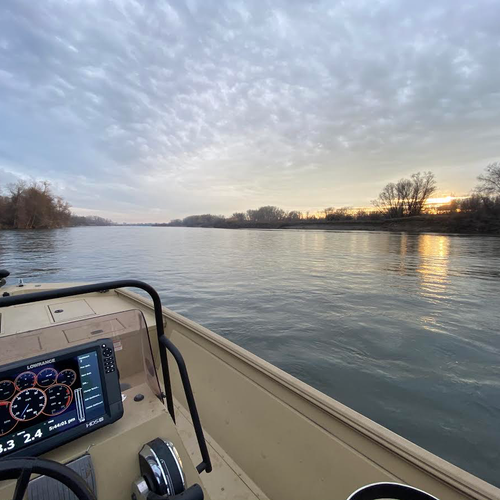
Captain Hogan Brown Reports on 1.22.20 Valley Bass Lakes - Lake Oroville has been fishing fair to good. Depends on the day and how the fish are feeding on a given day. Most spots are giving up a...
Ben Engle Reports on 1.22.20 This time of year fishing on the coast can be tough. The constant storms that are pushing in make the wave activity significantly larger which makes for rather dangero...
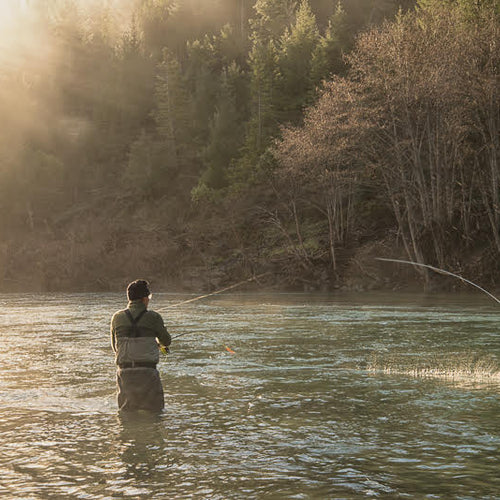
Jim Stimson Reports on 1.22.20 February is barking at the door, and here it is winter, but not much snowfall so far. But as they say, “In the mountains, if you don’t like the weather today, wait a...
Captain Steve Santucci Reports on 1.22.20 Winter fishing has been good for the last two months. February will be a great month as the Stripers will become more active and the grab will be more pr...
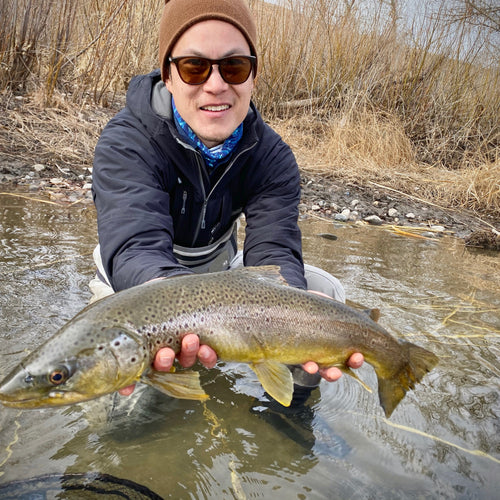
Matt "Gilligan" Koles Reports on 1.22.20 Good winter fishing on the Truckee River. With the exception of a few days last week when it got real cold, fishing has been pretty good. The great news ...
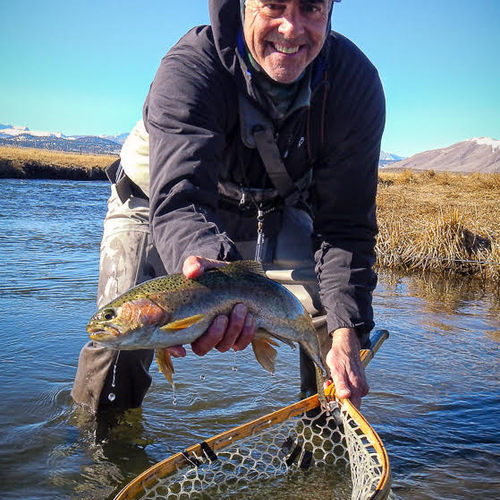
We have some welcome, hopefully wet weather rolling in Thursday. The forecasters are hoping for 1-2 feet on the Mountain. It has been weeks since we have had any significant precipitation. We ha...
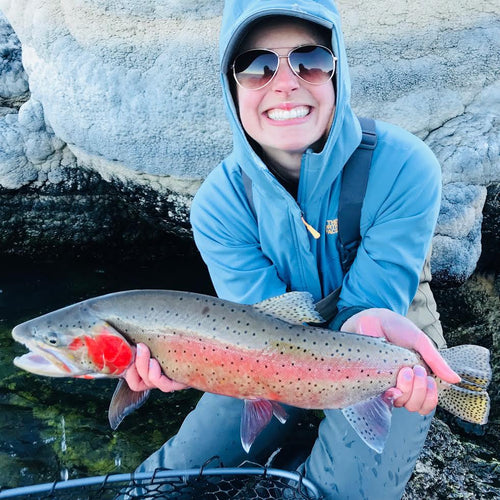
Pyramid Fly Co. Reports on 1.15.2020 Things are heating up as we start gaining daylight the Pilot peaks begin sliding into pre spawn. This season we are seeing an awful lot of fish in the 10 poun...
Trout rivers in the north state are looking pretty solid for this time of year. Posted above are the updated flows from 1.16.2020. Updated flows can always be found on DreamFlows website.
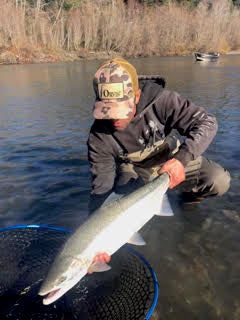
Rick Cox Reports on 1.15.2020 This is our favorite time of the year to be chasing chrome. January and February are THE months to be getting with it. We’re already cranking it up and getting out the...
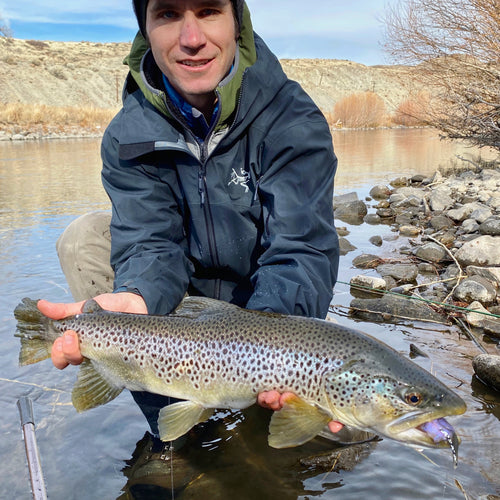
Matt "Gilligan" Koles Reports on The clinic on the 1st is full. 49ers are back in the NFC title game, and we’re sticking some big browns on the lower Truckee River. Can’t complain. A few warm da...
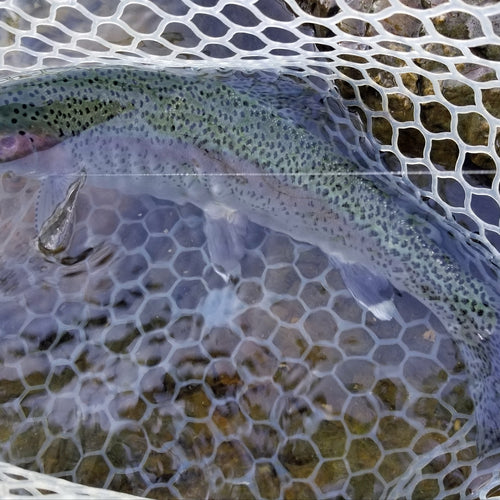
Jon Baiocchi Reports on 1.11.2020 It’s been fun fishing on the Lower Yuba River the past couple of weeks. I really enjoy sharing the rhythms of the river with my guests and improving their skill se...
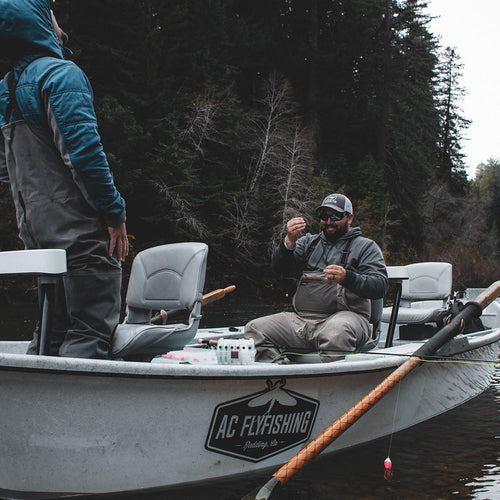
Anthony Carruesco Reports on 1.7.2019 We're smack dab in the middle of our Winter Fishing season. It's been cold in Northern CA and fairly wet - all great things for the coming Spring seas...
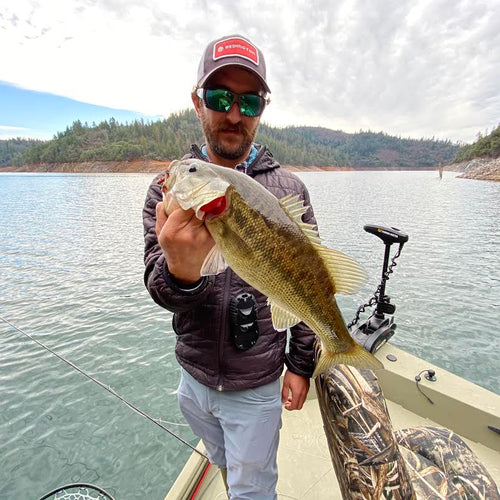
Captain Hogan Brown Reports on 1.9.2020 Lake Oroville Spotted Bass Fishing has been hit and miss .... which really means the bite has been compressed in small windows. My experience is the fish ea...
John Rickard Reports on 1.8.2020 Happy New Year, New Decade and New Season. Tis the season of winter steelhead. My first fishing report of this new decade is a bit of a farce, because I, nor most ...
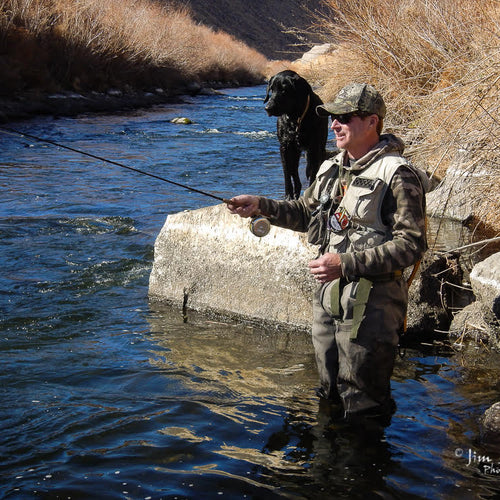
Jim Stimson Reports on 1.7.2020 We have some welcome, hopefully wet weather rolling in this morning. It has been weeks since we have had any significant precipitation. We can use some new snow for ...
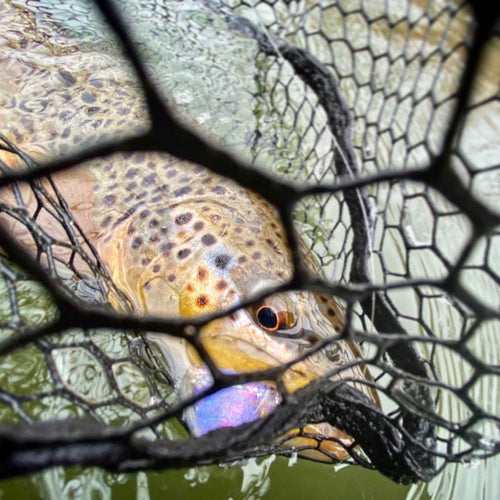
Matt "Gilligan" Koles reports on 1.6.2020 Good last week on the Truckee River. Warm temps got the fishing going. We had some days in Reno near 60. Gonna get colder this week, not too bad though f...
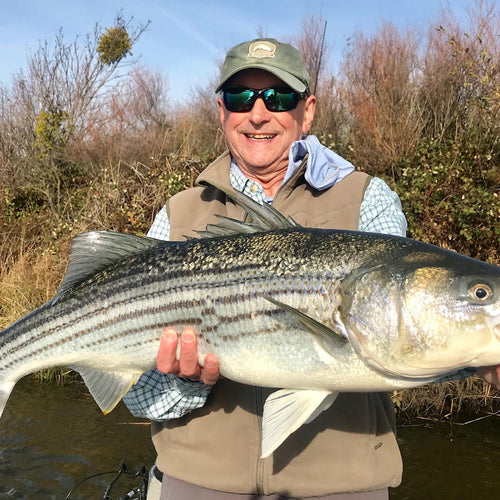
Captain Bryce Tedford Reports on 1.8.2020 Cool Winter nights have arrived & the Stripers feeding windows are slowing down. Still some fish to be caught out there but the fish become finicky thi...
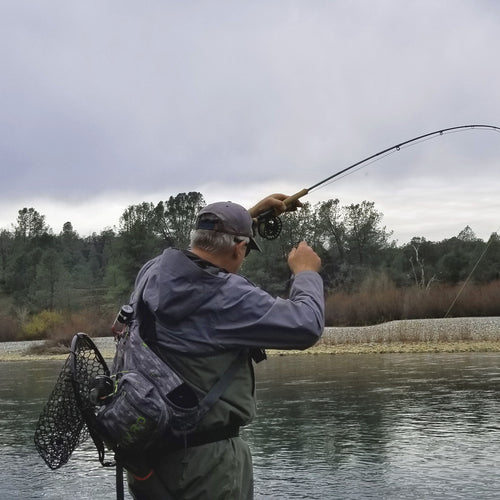
Jon Baiocchi Reports on 1.2.2020 It sure is nice to be guiding in temperatures that are a little more warmer than that of the Yampa River in Co. The Yampa report from flyfishingwithcattoy.blogspot....
Captain Steve Santucci Reports on 1.2.2020 Delta Striper fishing has been good. We are catching good numbers and some nice fish mixed in. Its a fun time of year with not many anglers fishing. W...
Brian Clemens Reports on Happy New Years Everyone, I am hoping that everyone had a great and safe New Year and a very Merry Christmas. Where did the 2019 season go? Cant believe 2020 is already he...
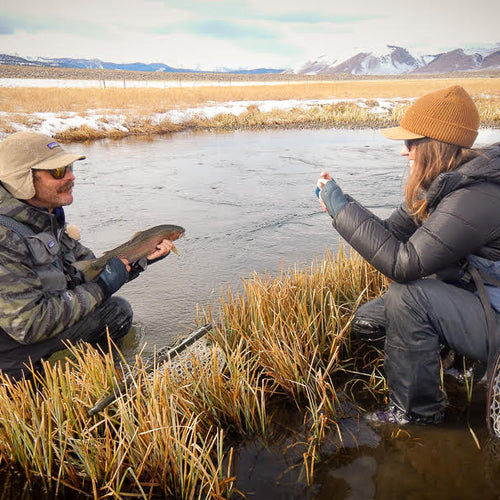
Jim Stimson Reports on 1.2.2020 Happy New Year! Not much has changed since we turned over the page on the calendar. What snow we have received in the valley has settled and has been packed in with...
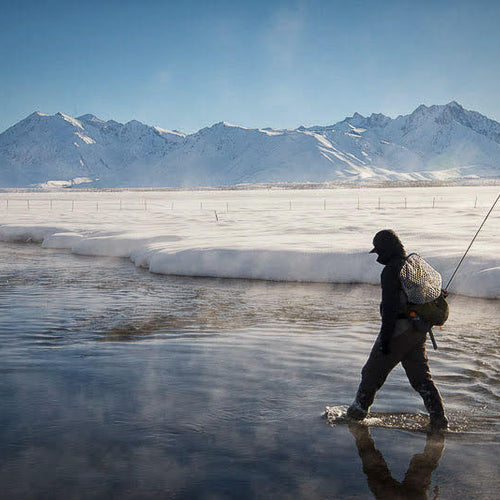
Jim Stimson Reports on 12.12.2019 Eastern Sierra Fly Fishing Report Winter keeps pushing with regularity into the Sierra with more snow expected this weekend. I am glad to have the precipitation an...
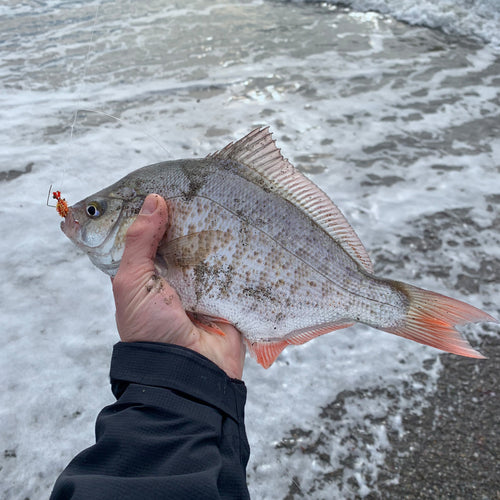
Ben Engle Reports on 12.11.2019 So I had the day off and decided to hit as many beaches as possible. We started at Baker beach at sunrise and one person in our cohort of 3 ended up catching perch ...
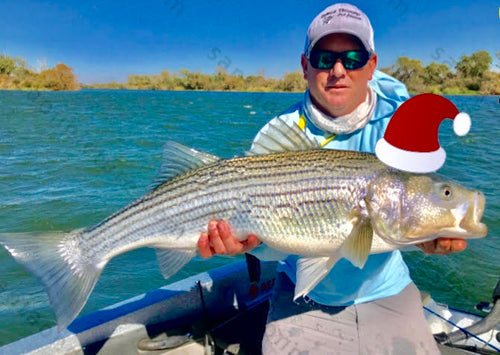
Captain Bryce Tedford Reports on 12.10.2019 Merry Christmas & Happy Holidays to all! Winter weather has arrived, some days are overcast & pleasant with other days being windy, rainy & ...
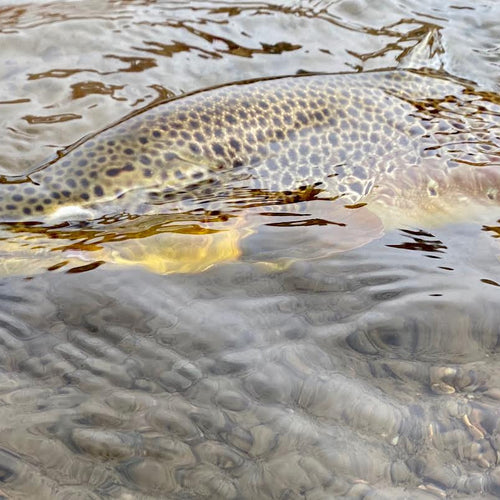
Matt Giligan Koles Reports on 12.10.2019 More rain and snow for the Truckee River. Not much here in the Hirsch, but some good snow up top. Mainly rain here. Little bump in the flows, big bump do...
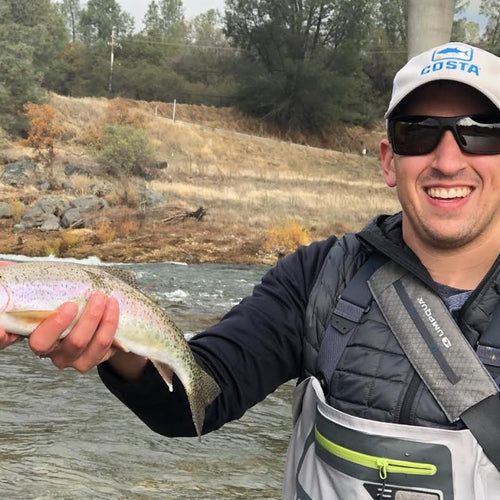
Jon Baiocchi Reports on 12.11.2019 Finally, the whirlwind of being extremely busy since last early spring has died down and settled into the winter rhythms. The last month has been mostly touring...
This is the time of the year I like to hop in my car and head north to go Steelheading. Planning the trip from afar can be daunting. I am going to share a few tools I use to plan my trip. Informati...
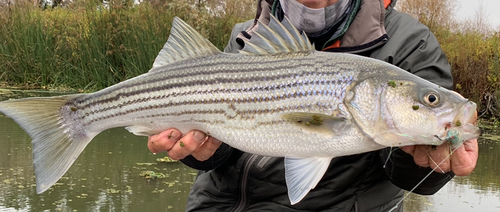
Captain Steve Santucci Reports on 12.5.2019 Delta Striper fishing is good. I will be fishing through the entire winter and spring. It is my favorite time to fish. You have stillness and solitud...
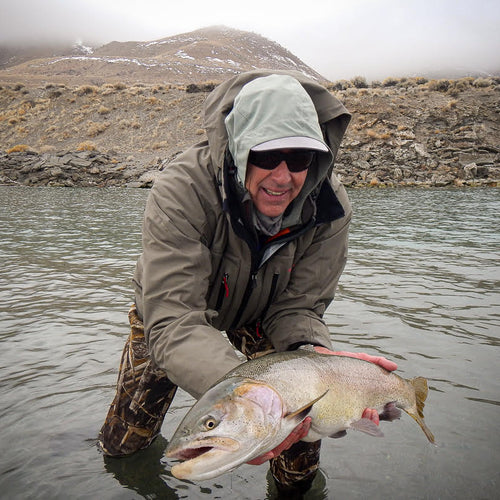
Jim Stimson Reports on 12.5.2019 I made a quick overnight trip to Pyramid Lake which was a fun change of pace. And, the fish Gods were kind…. Winter has arrived in the Sierra with more snow expect...

